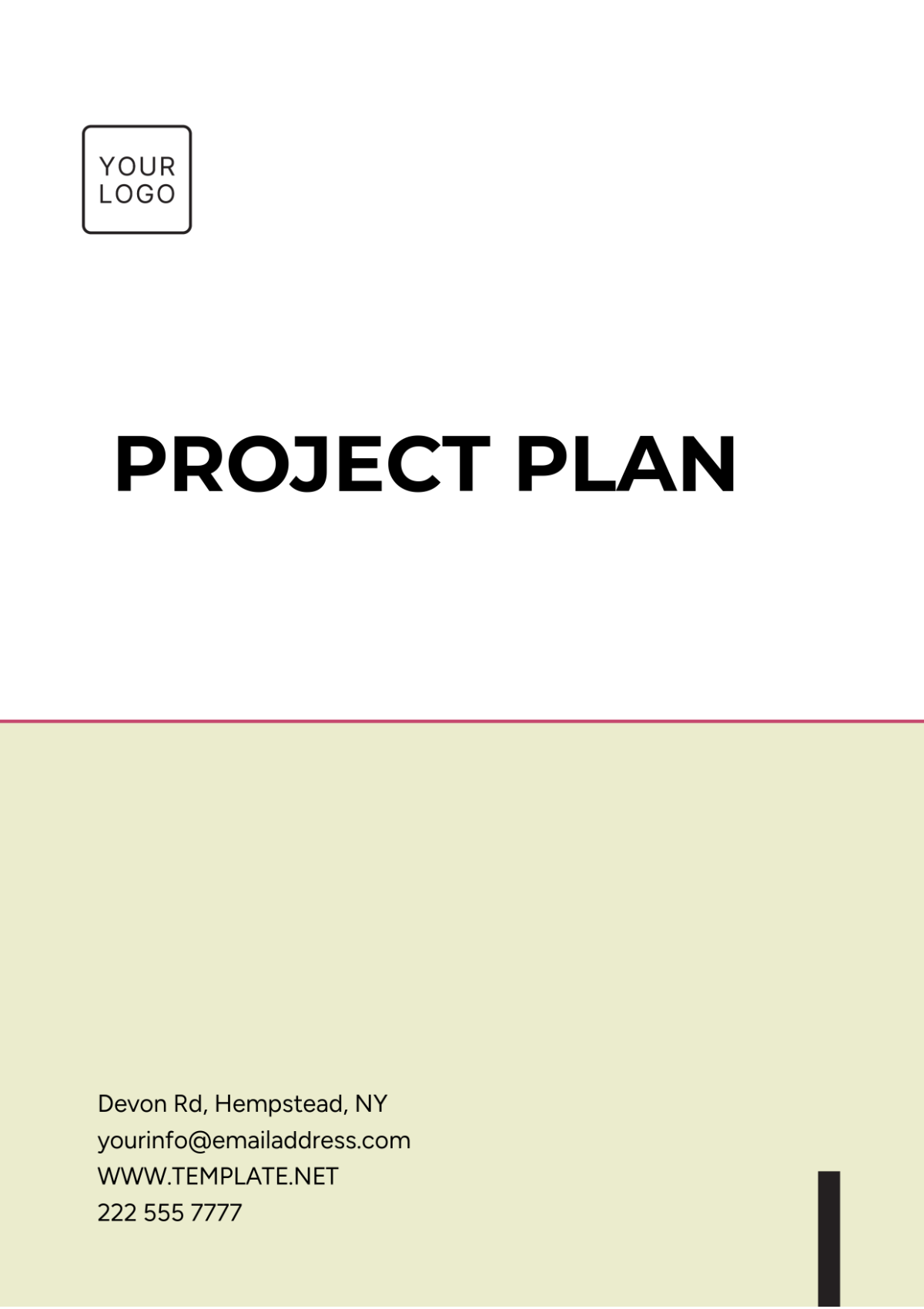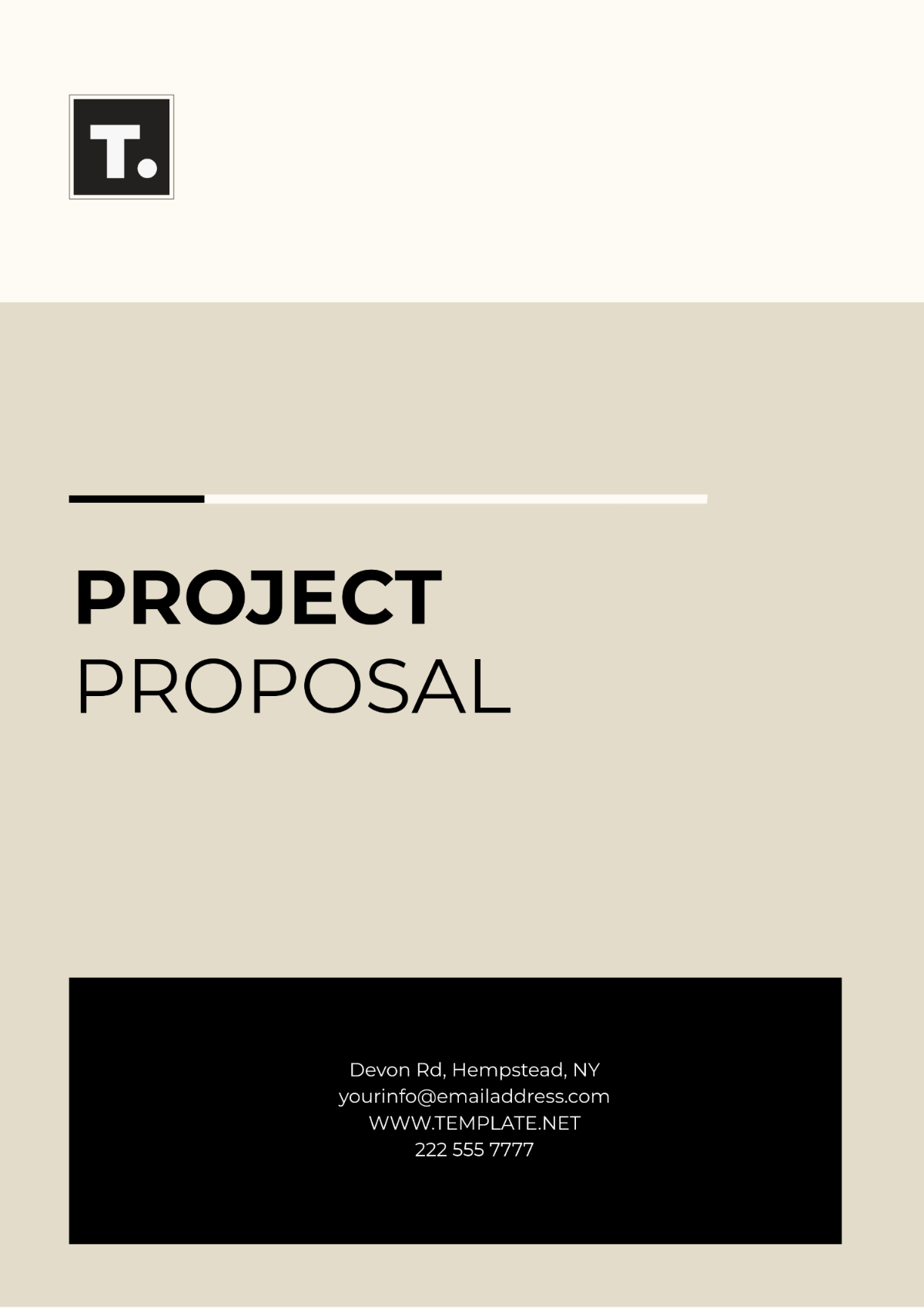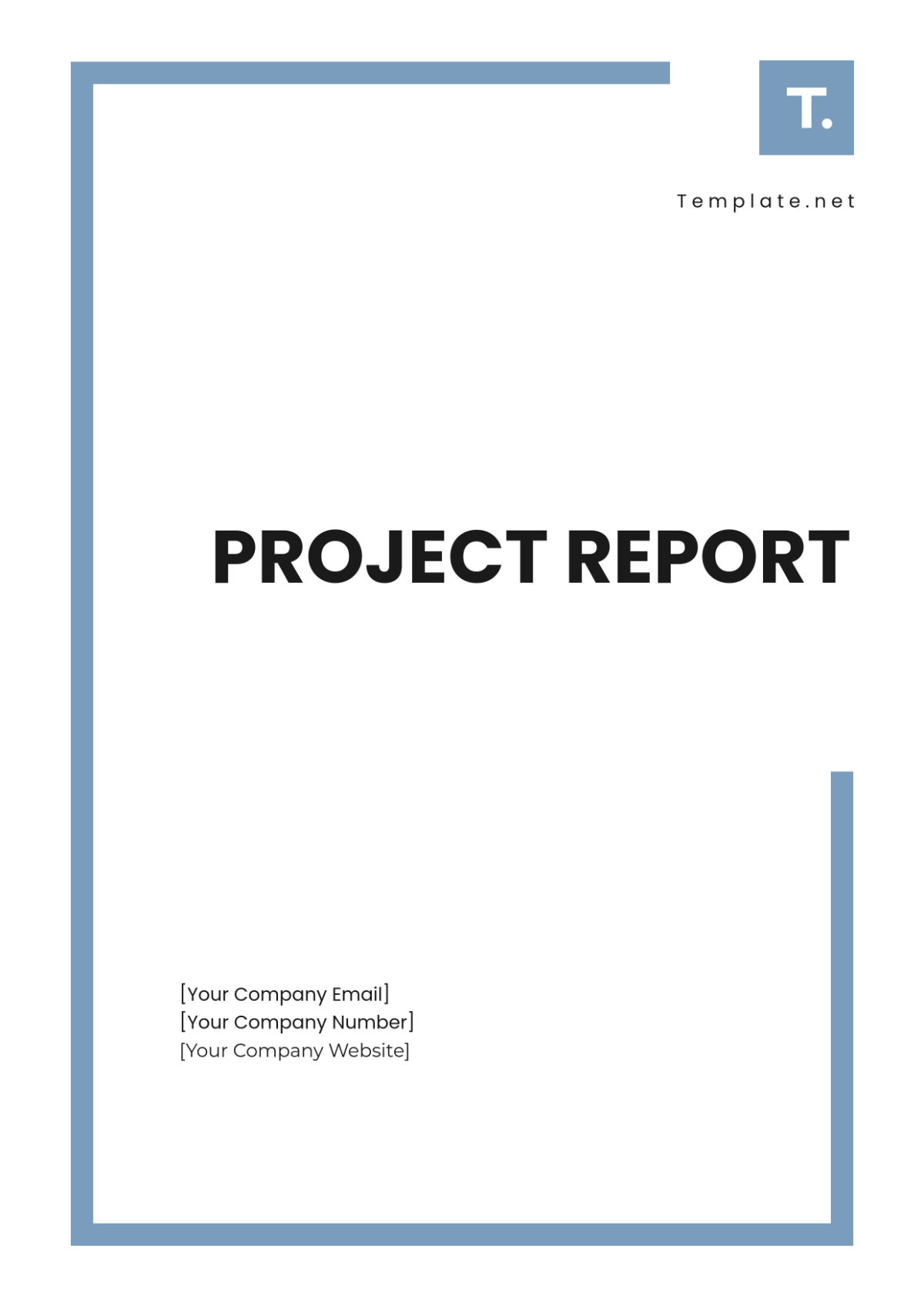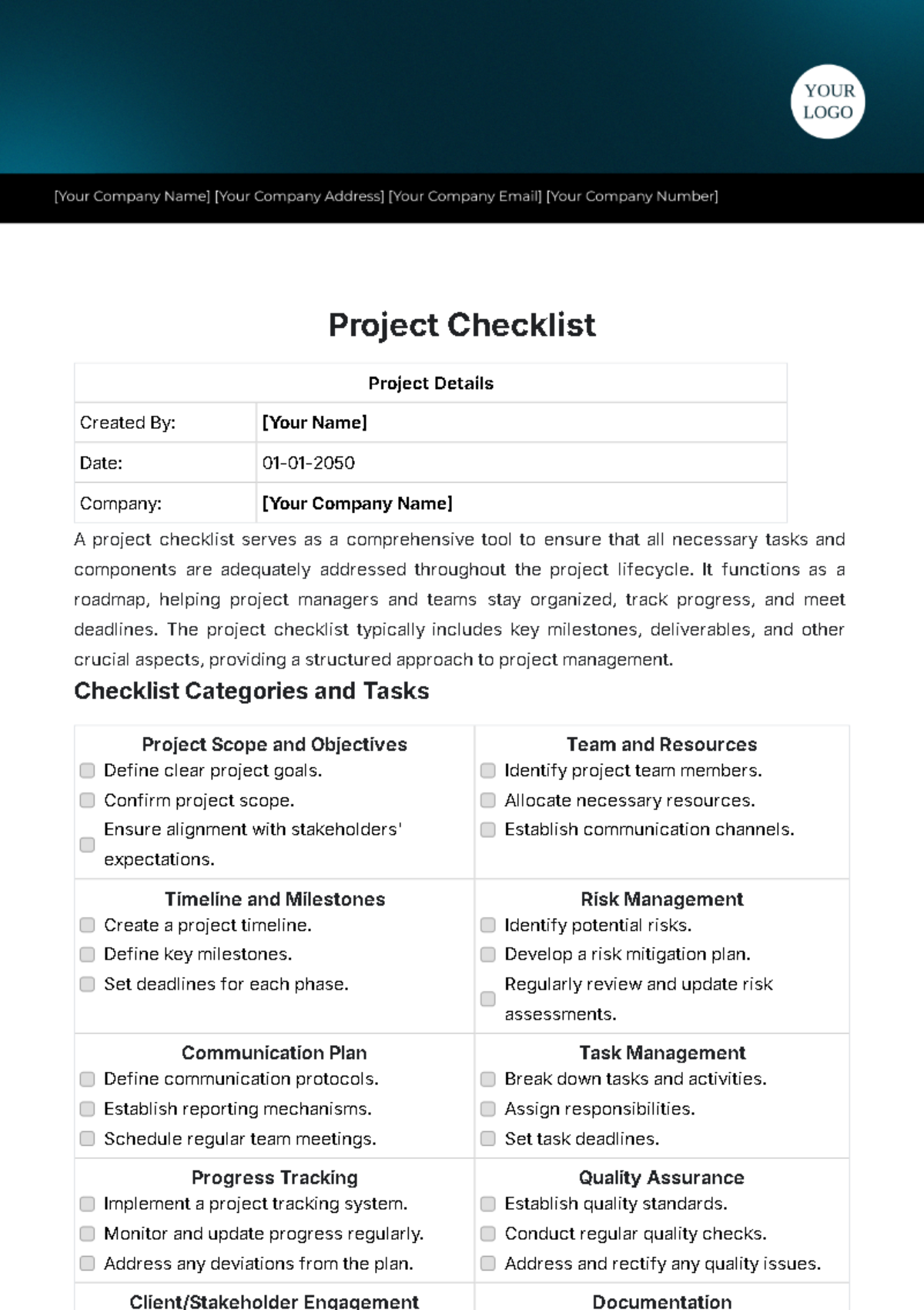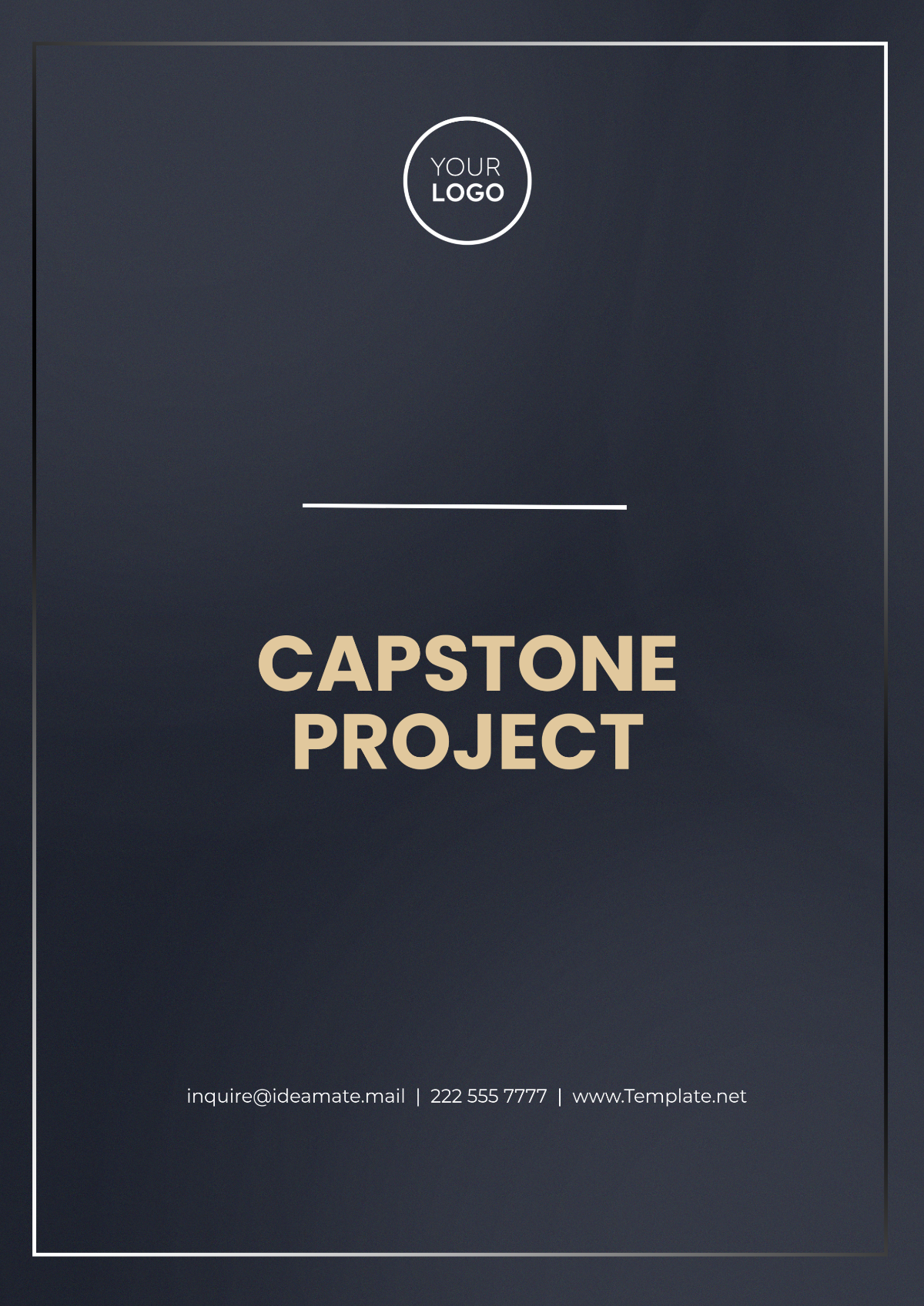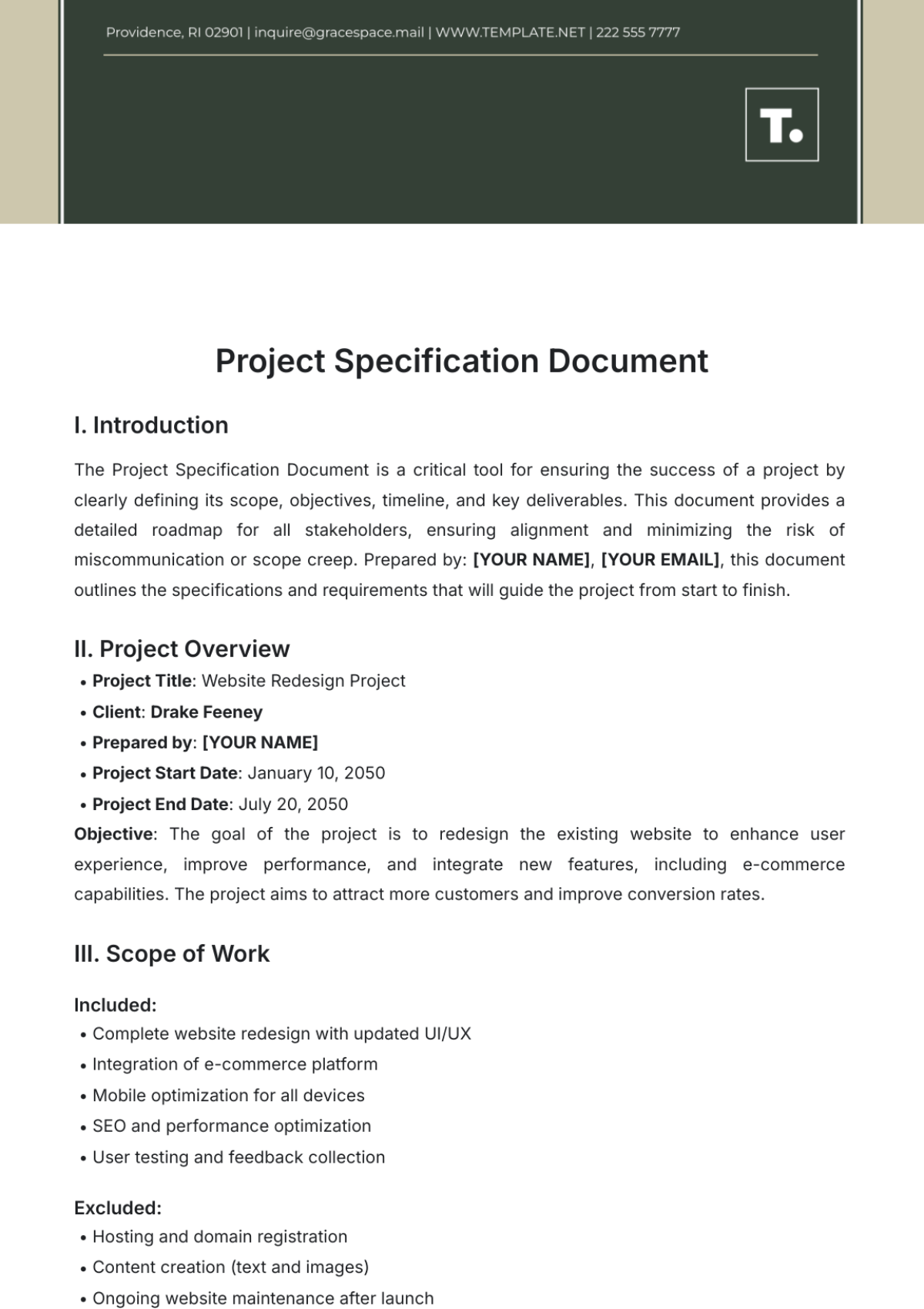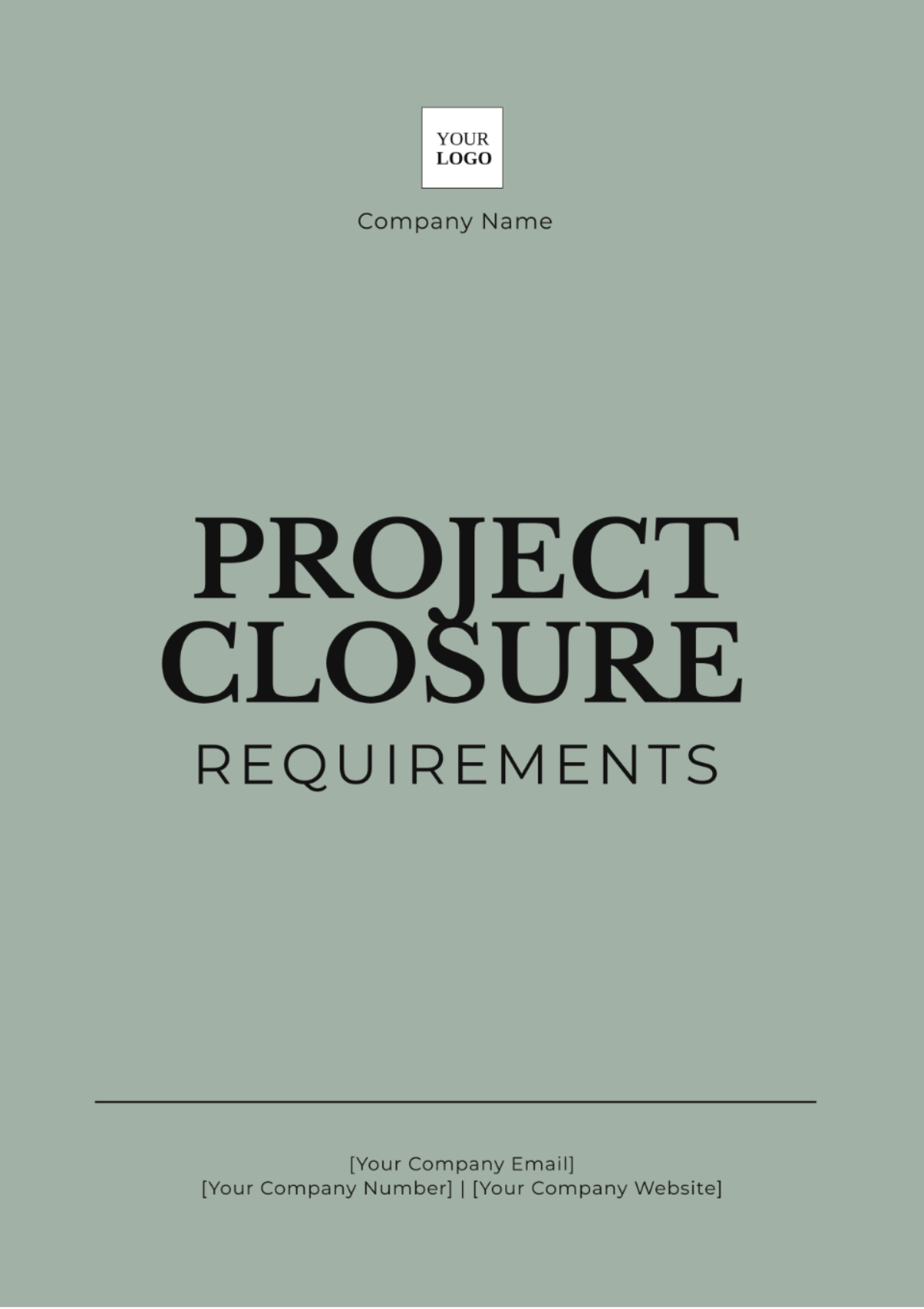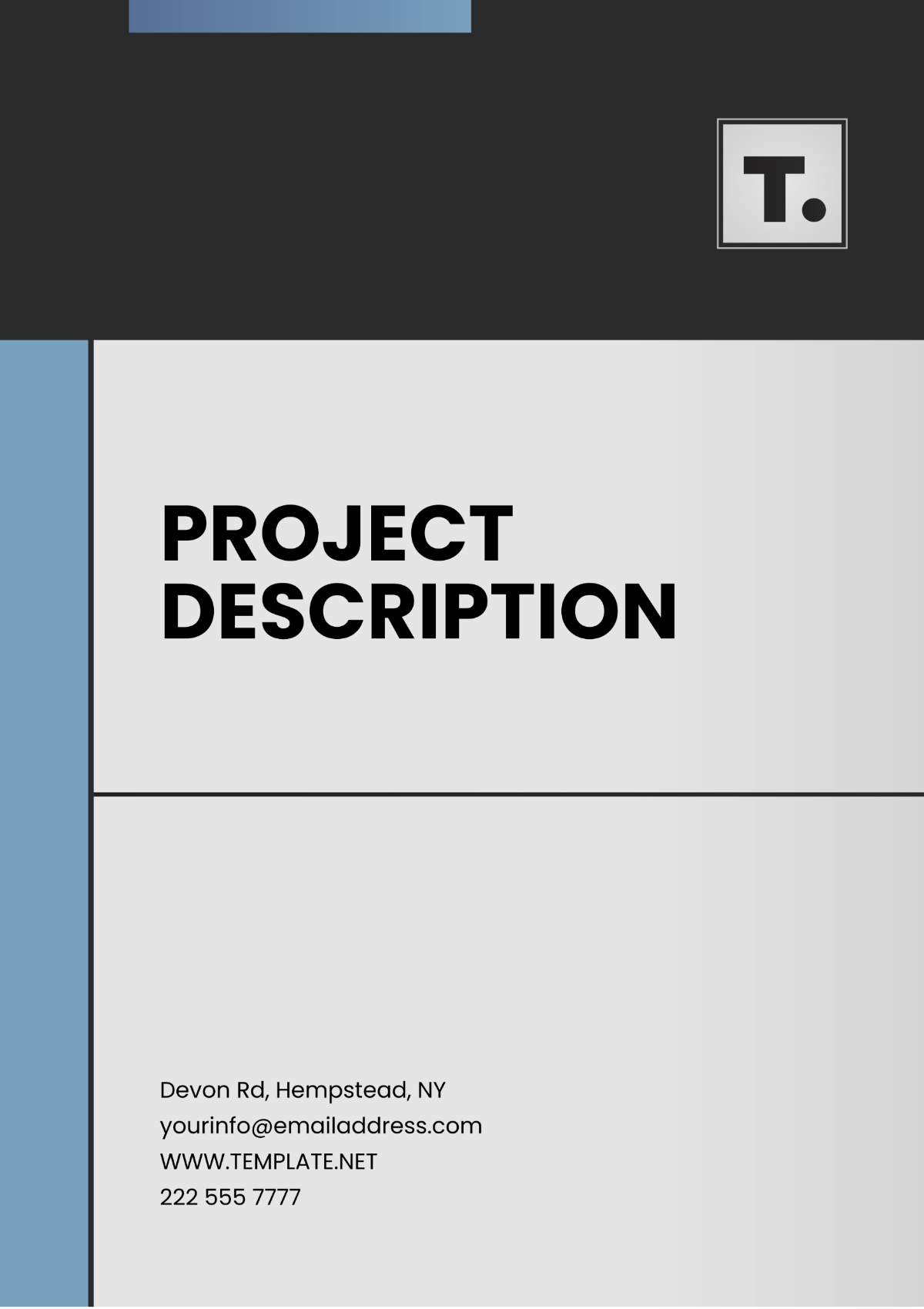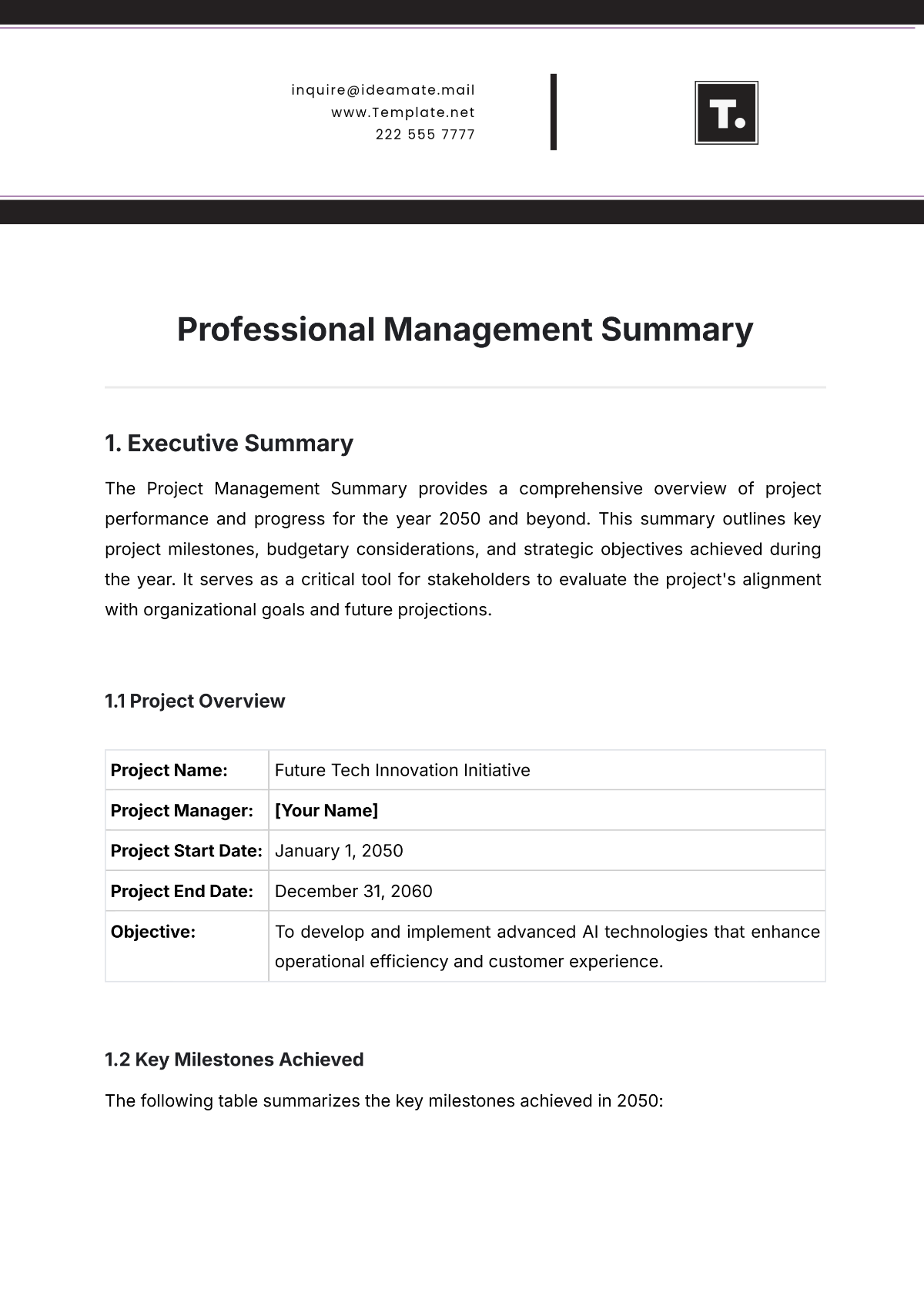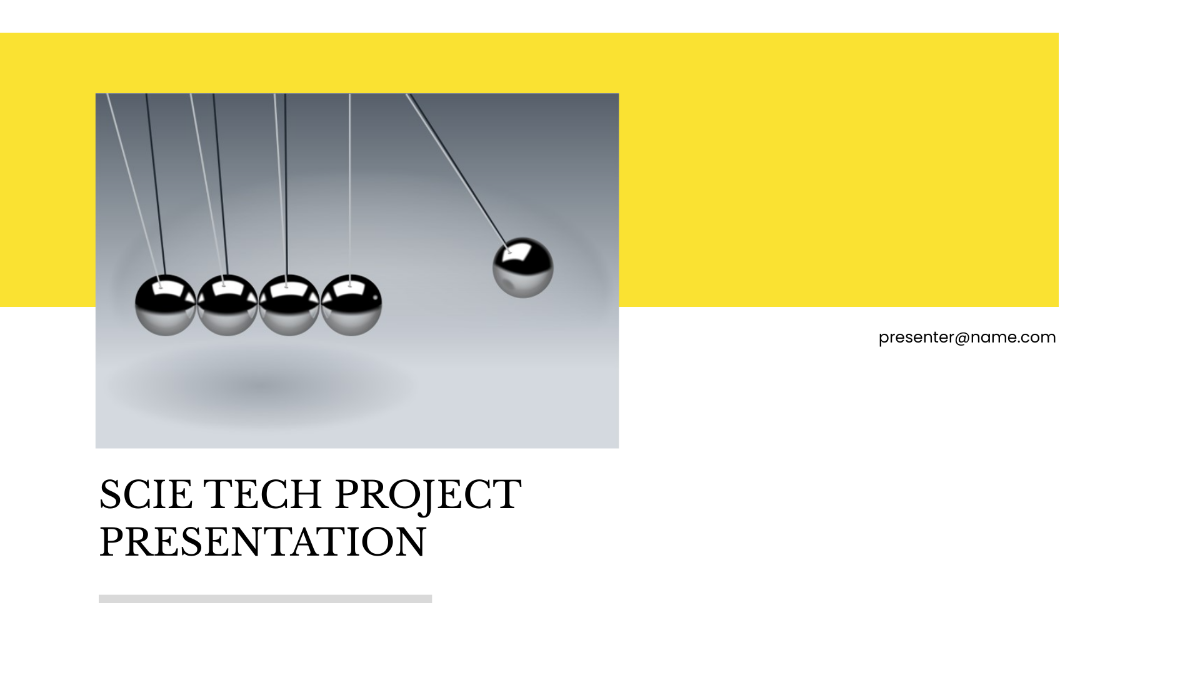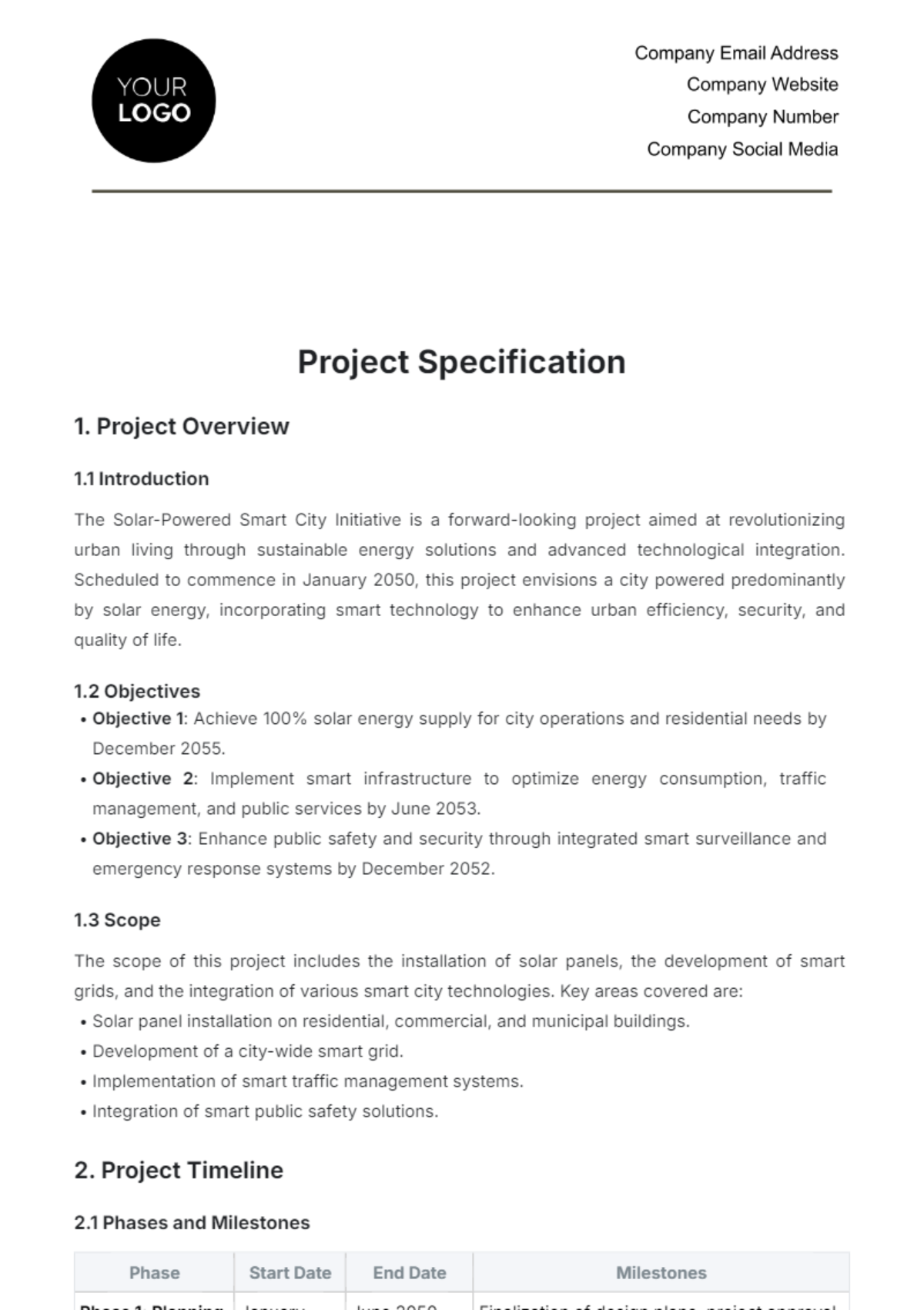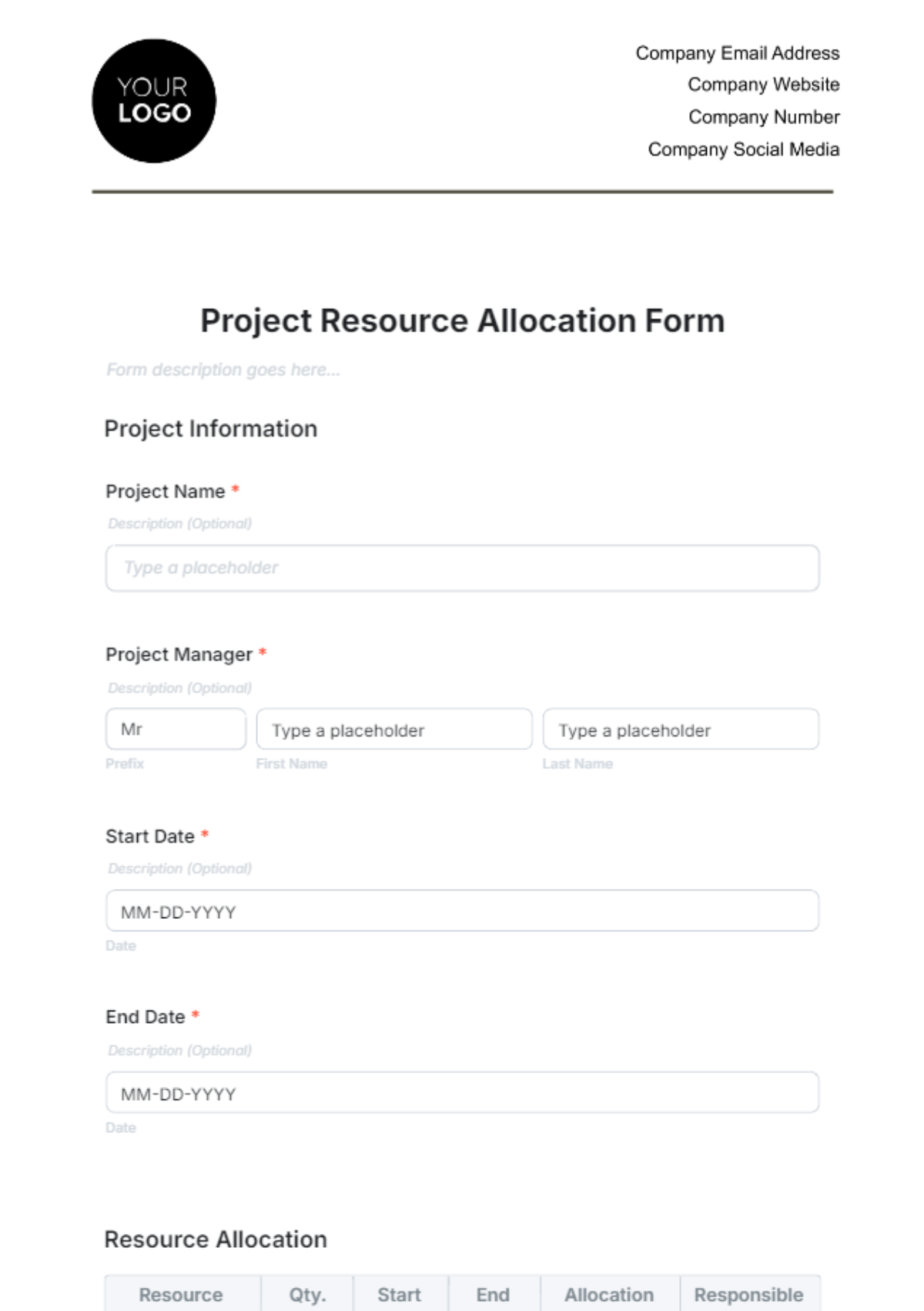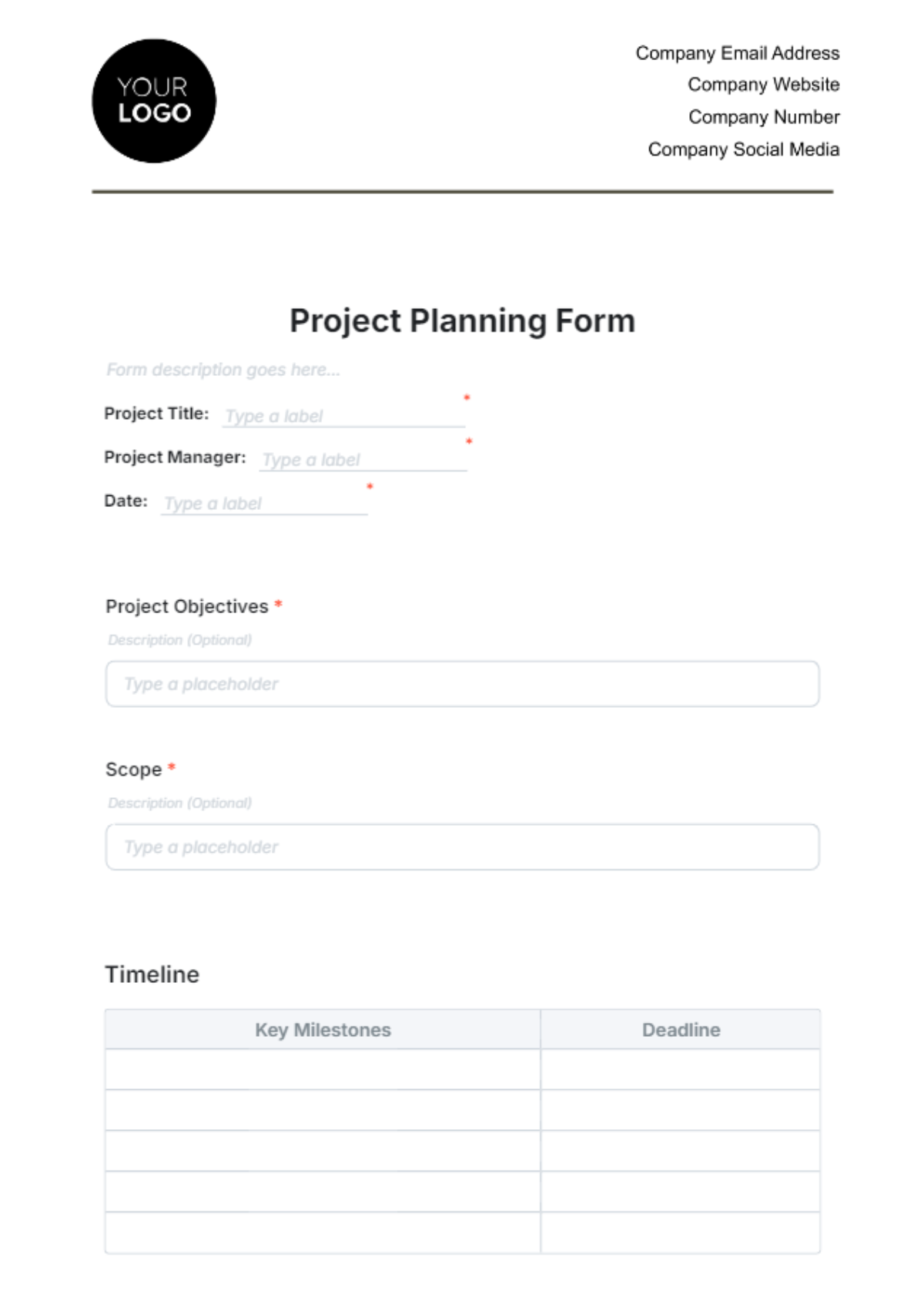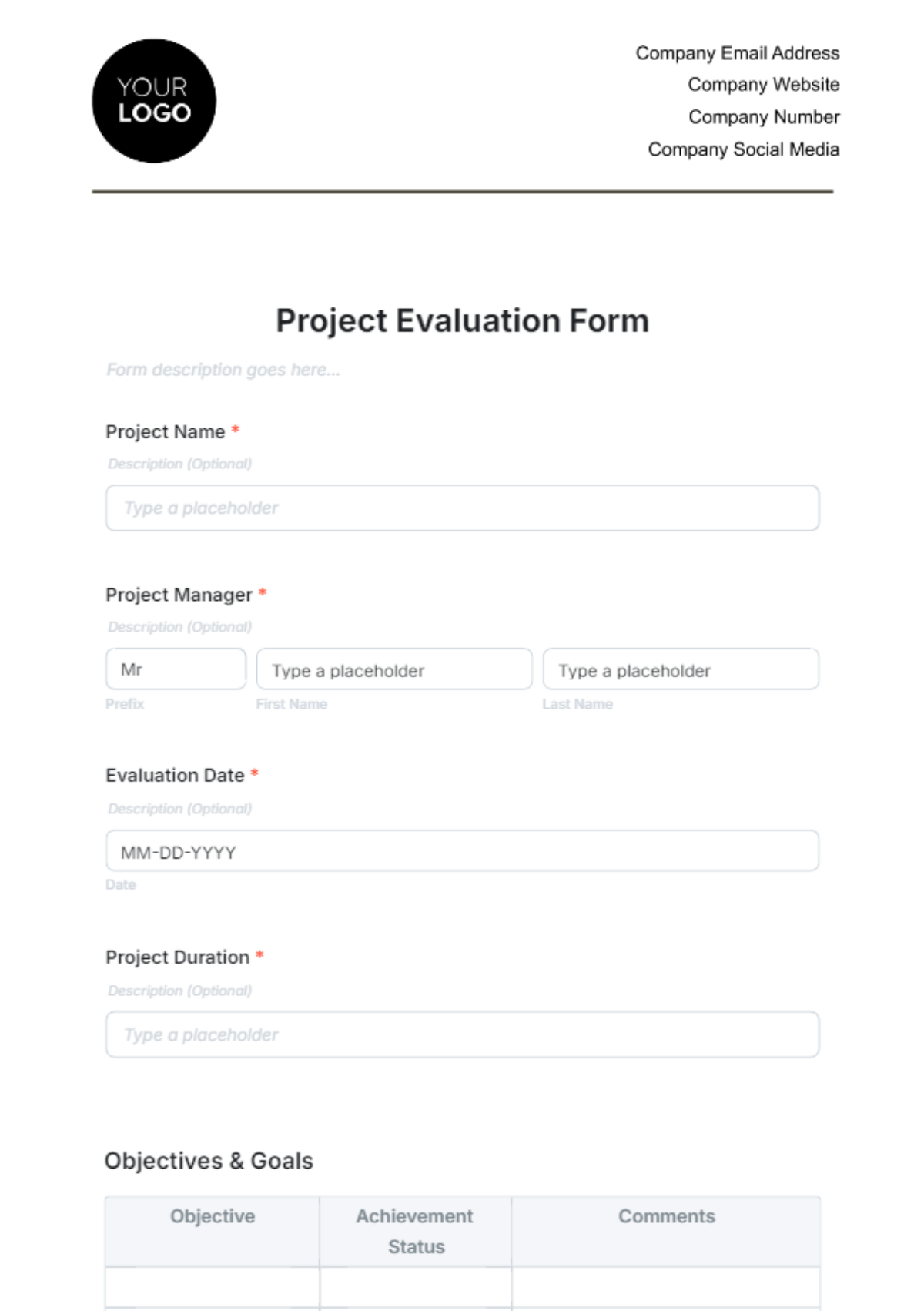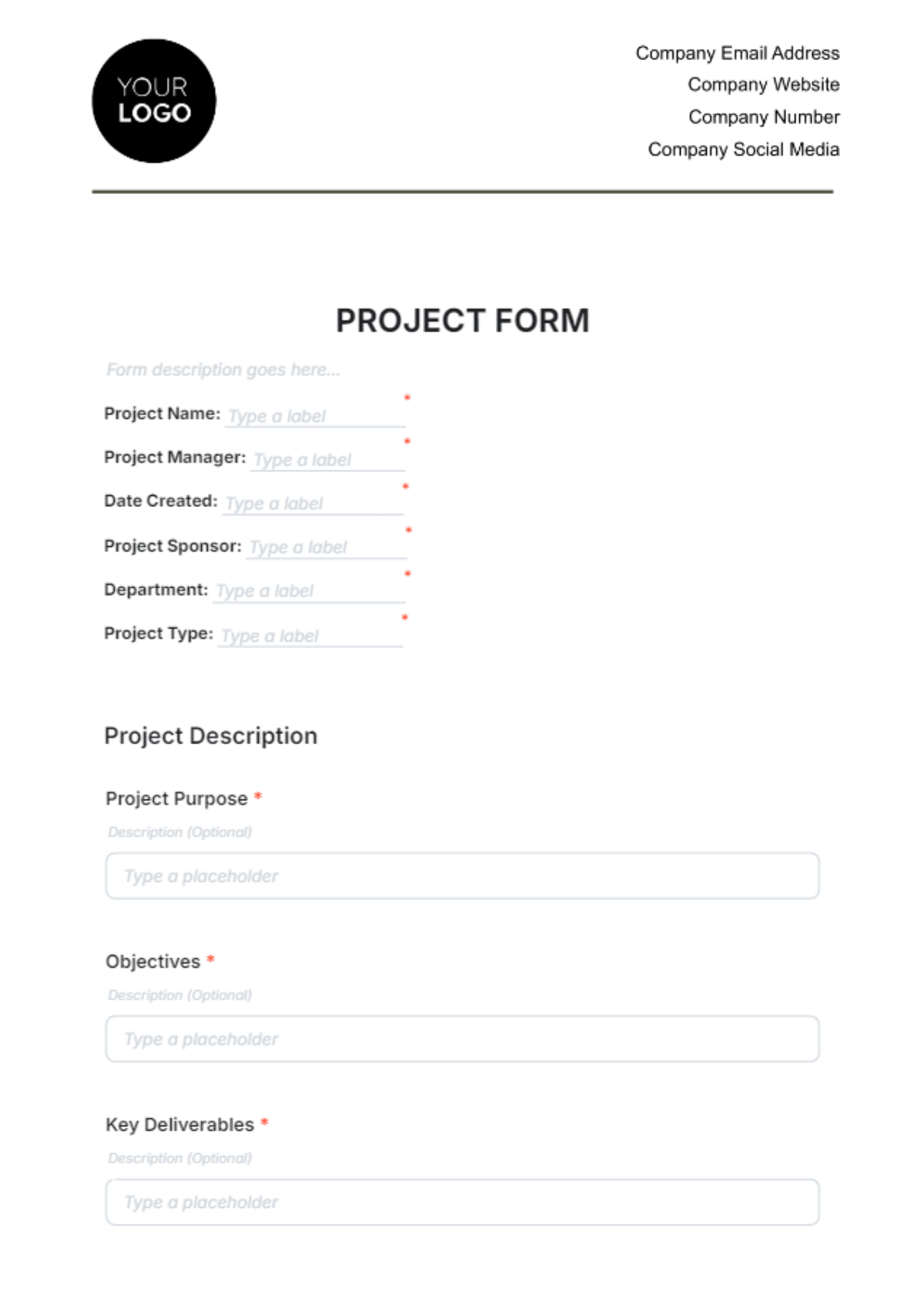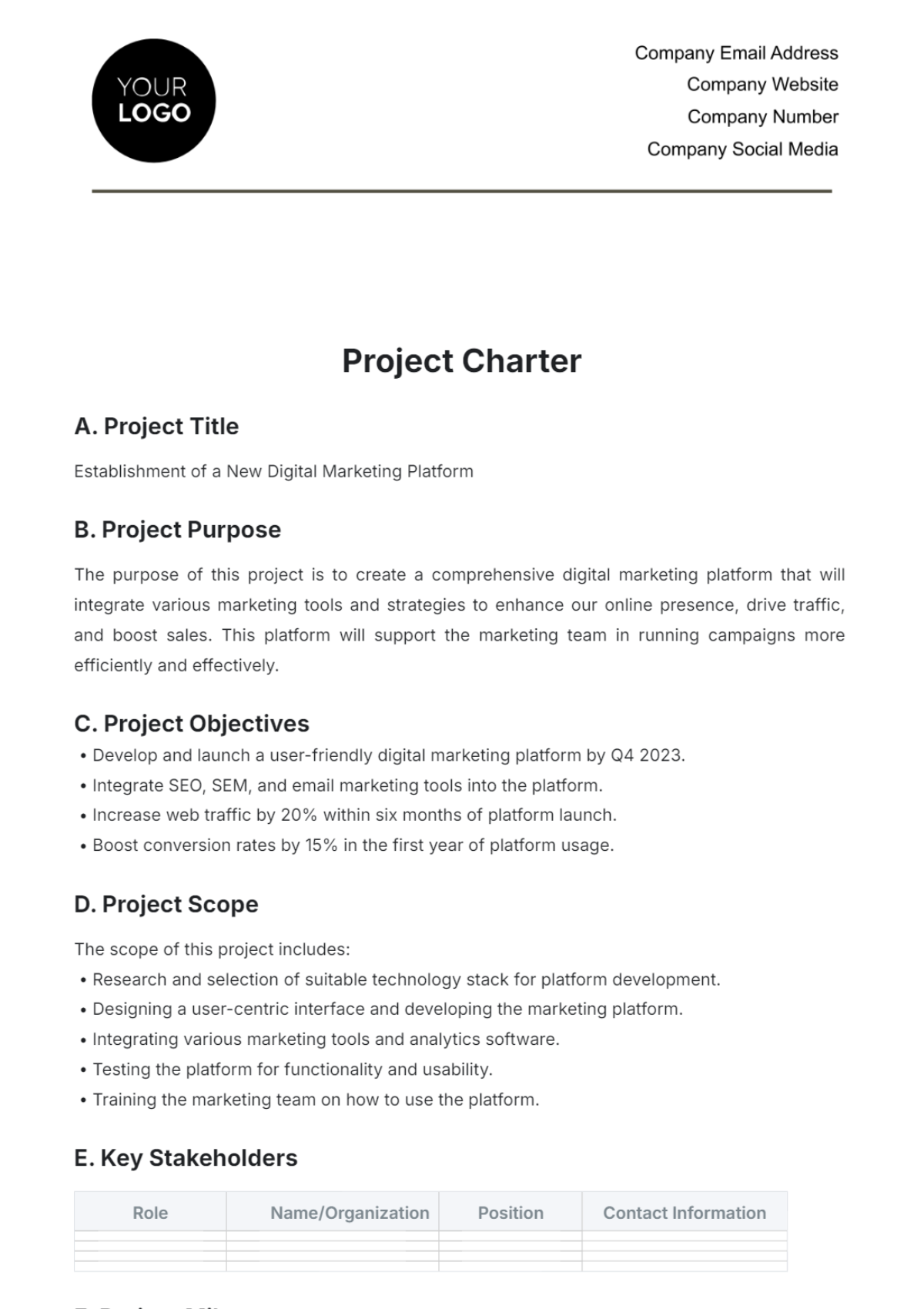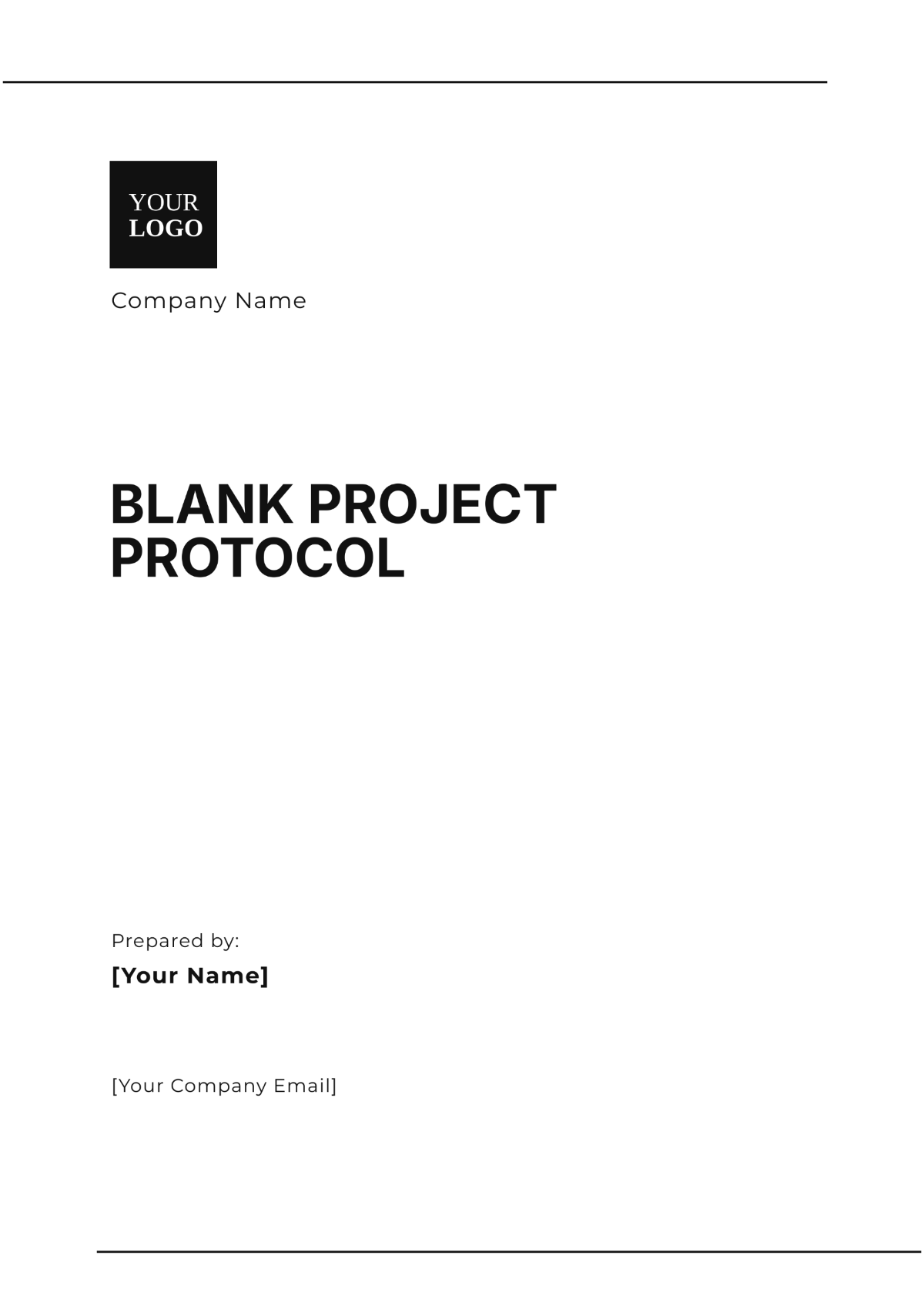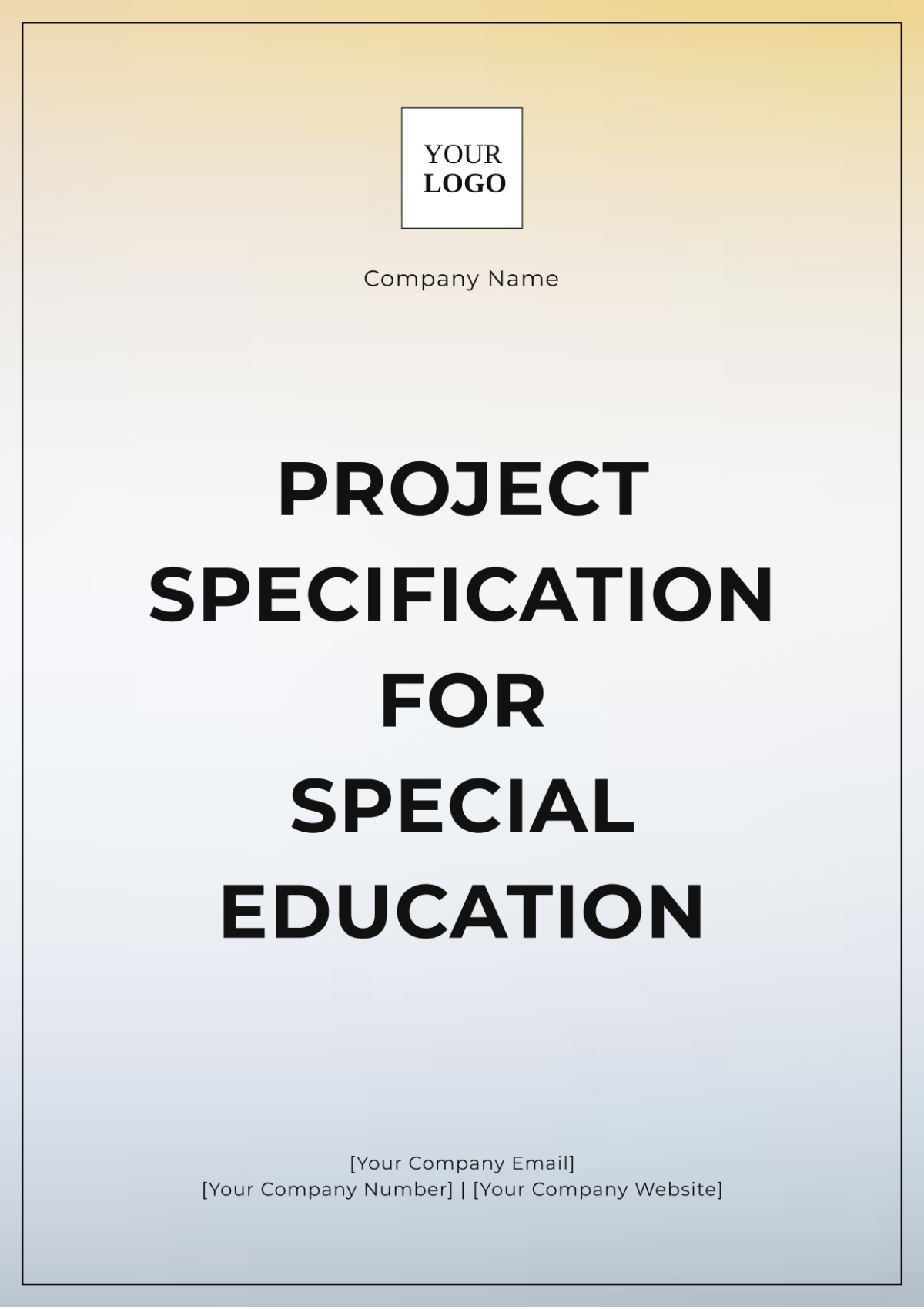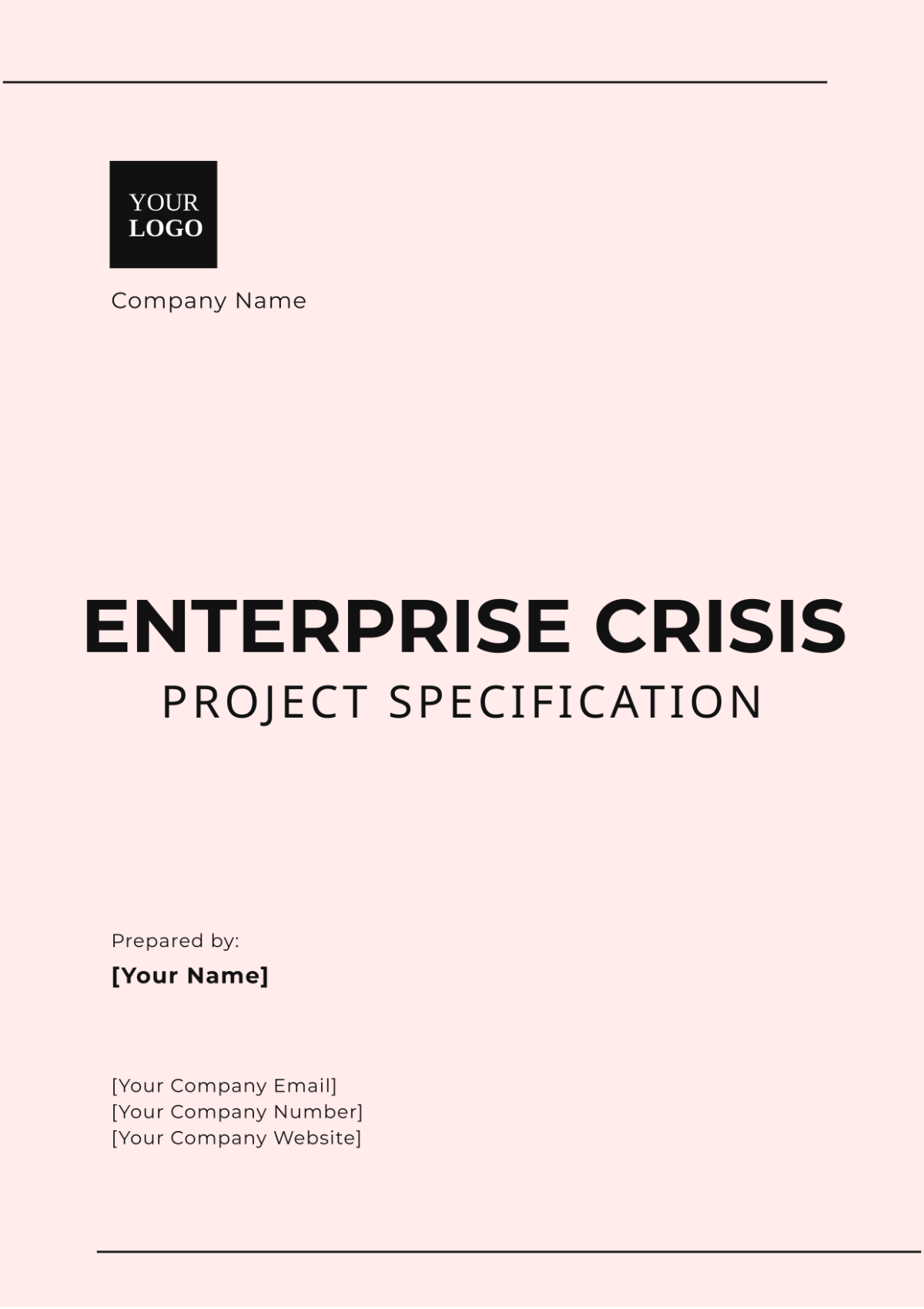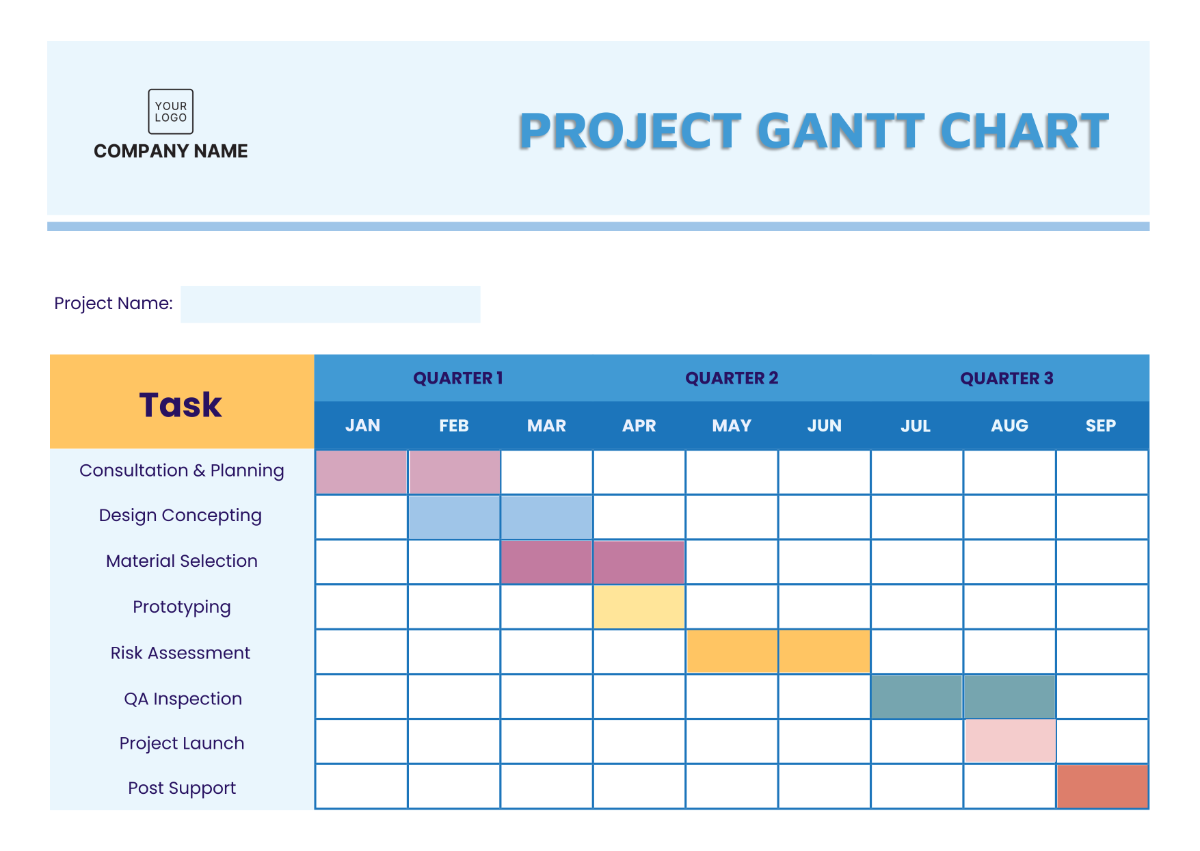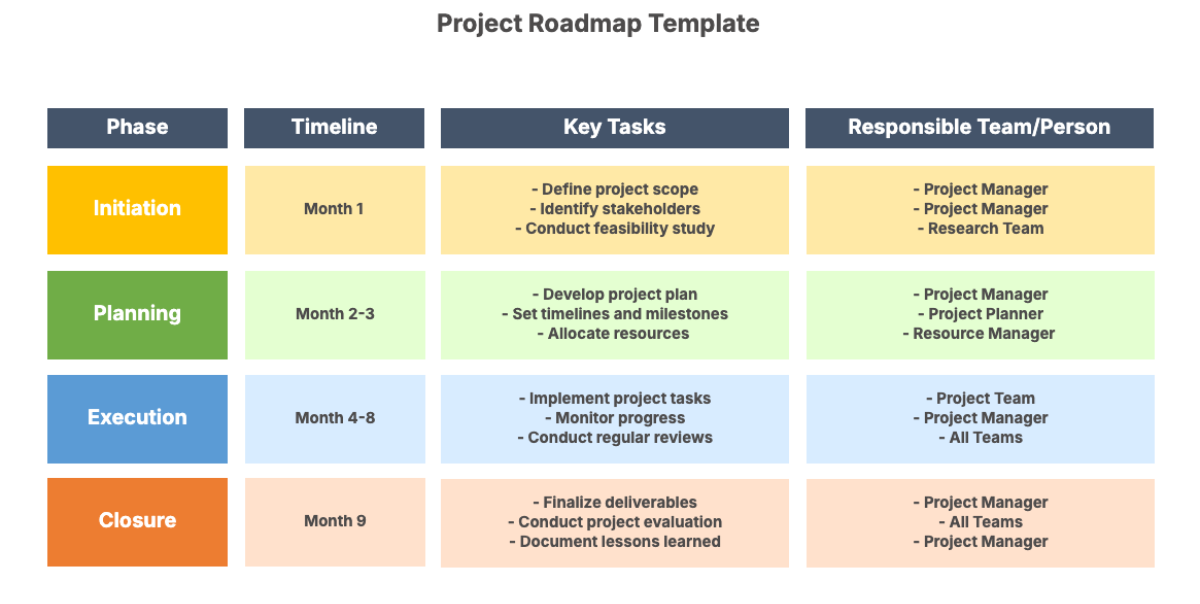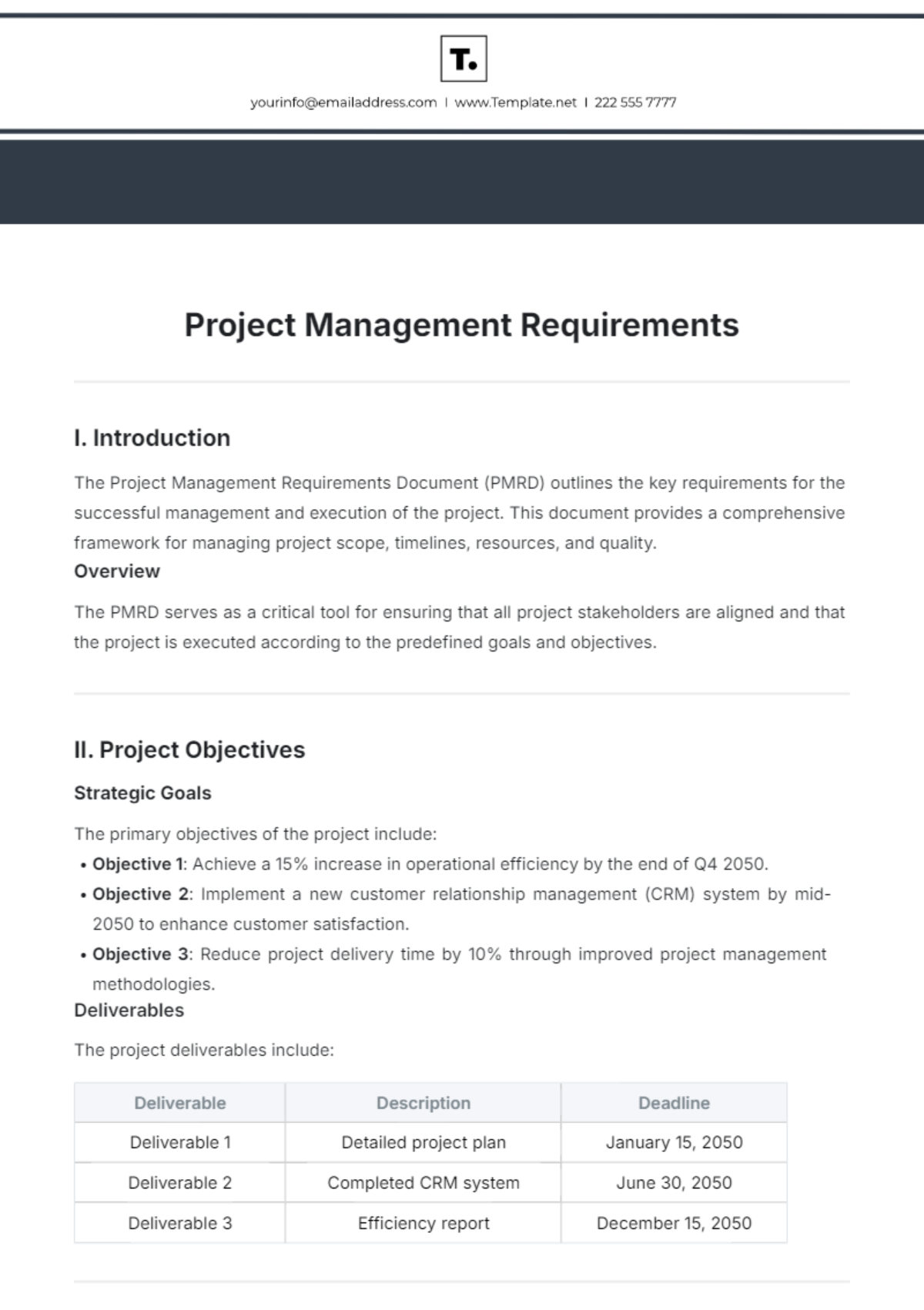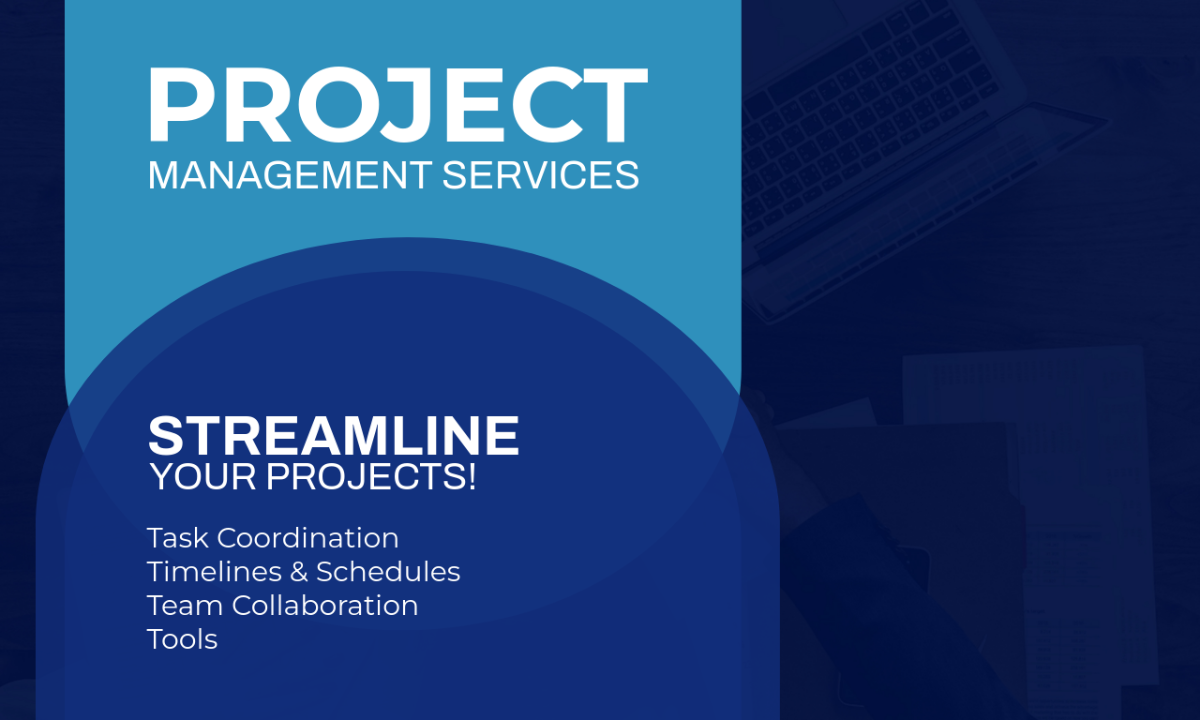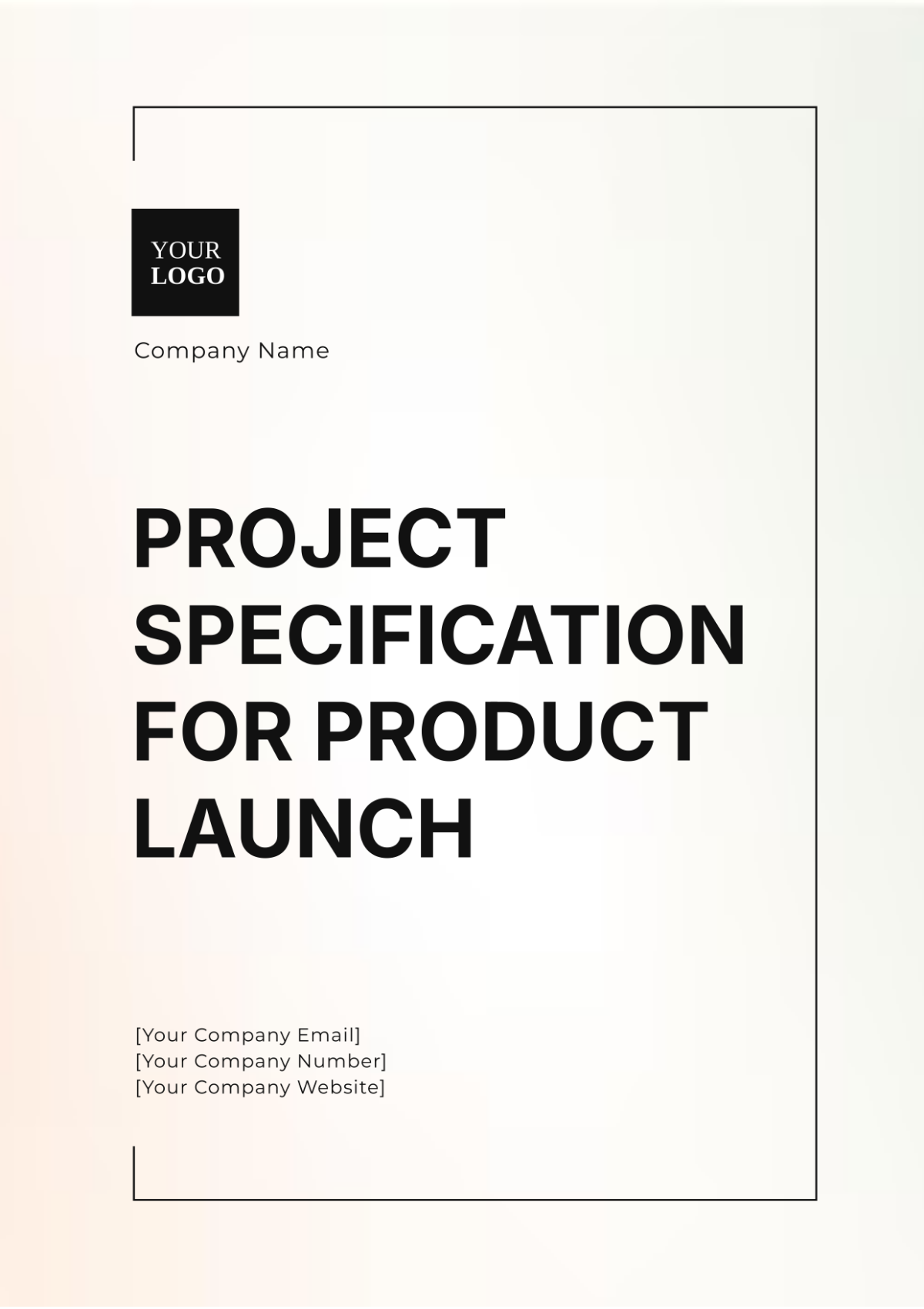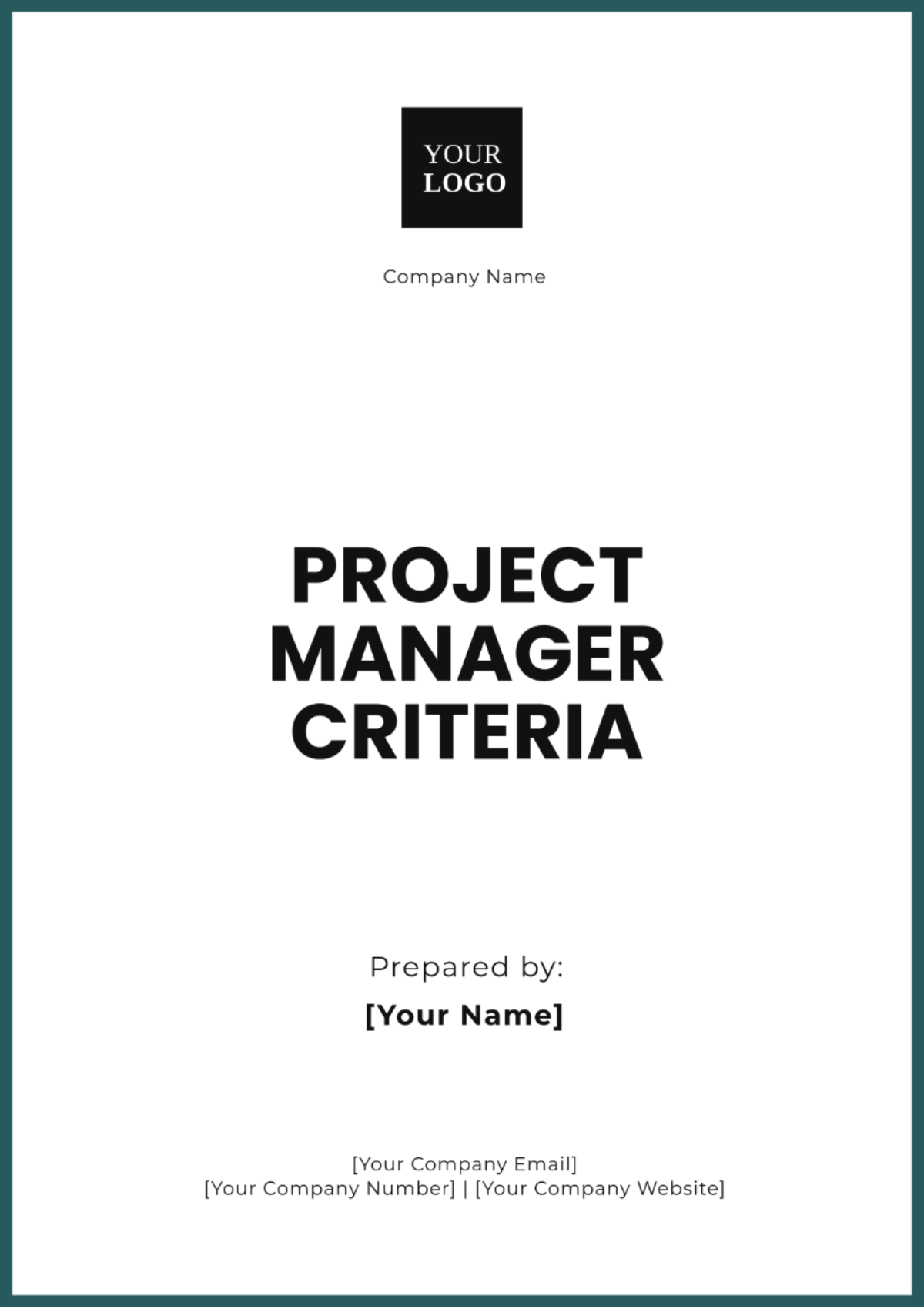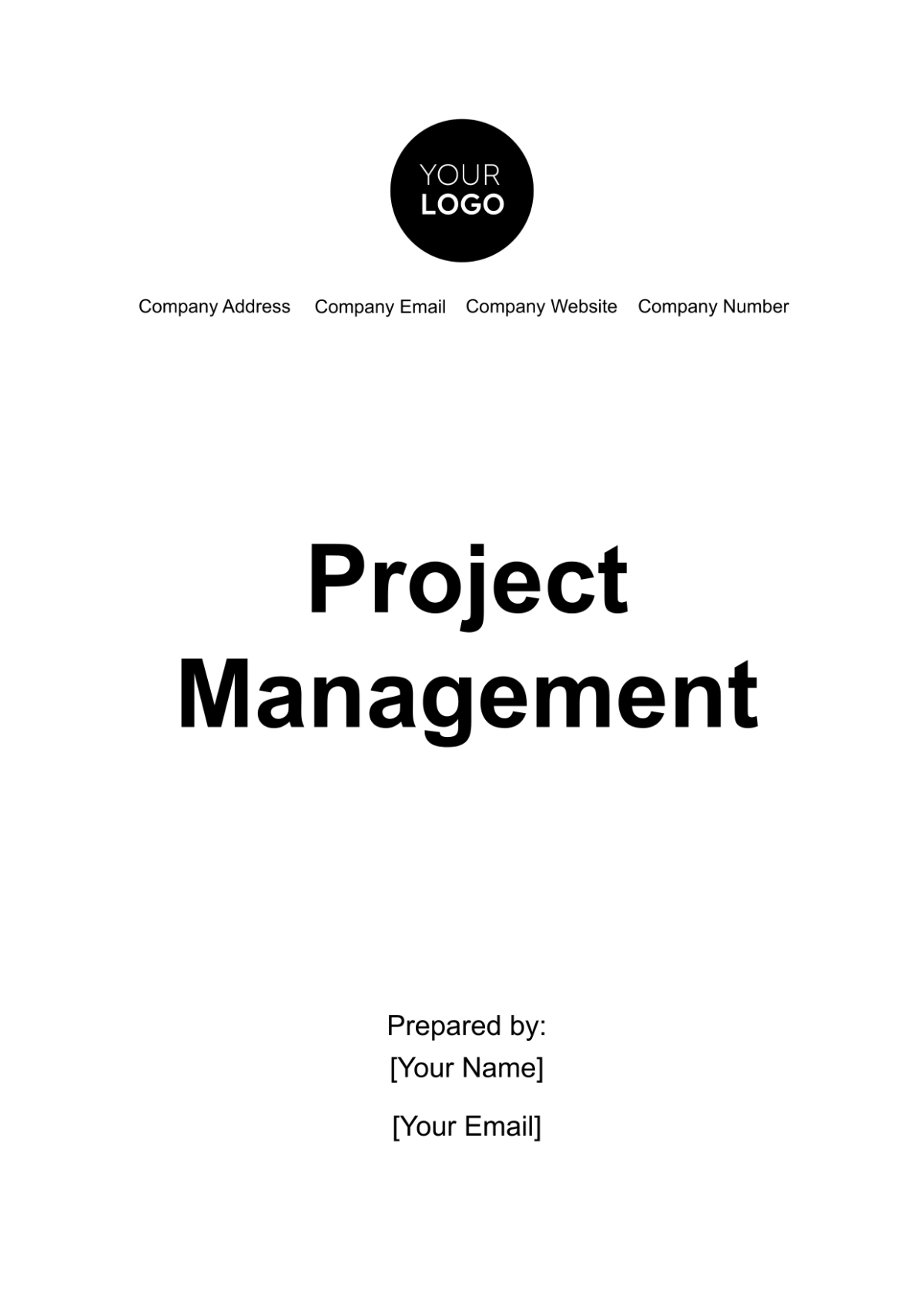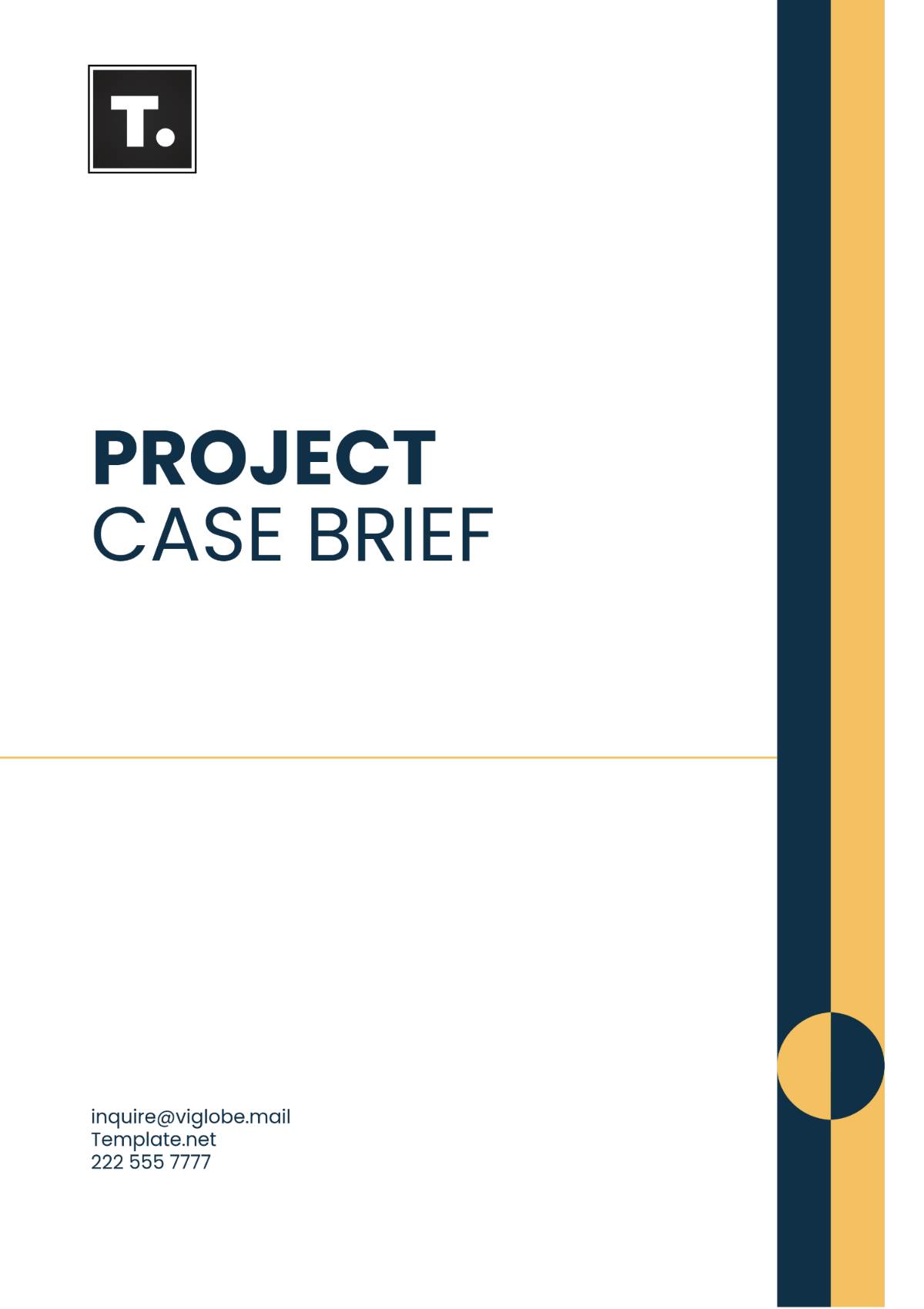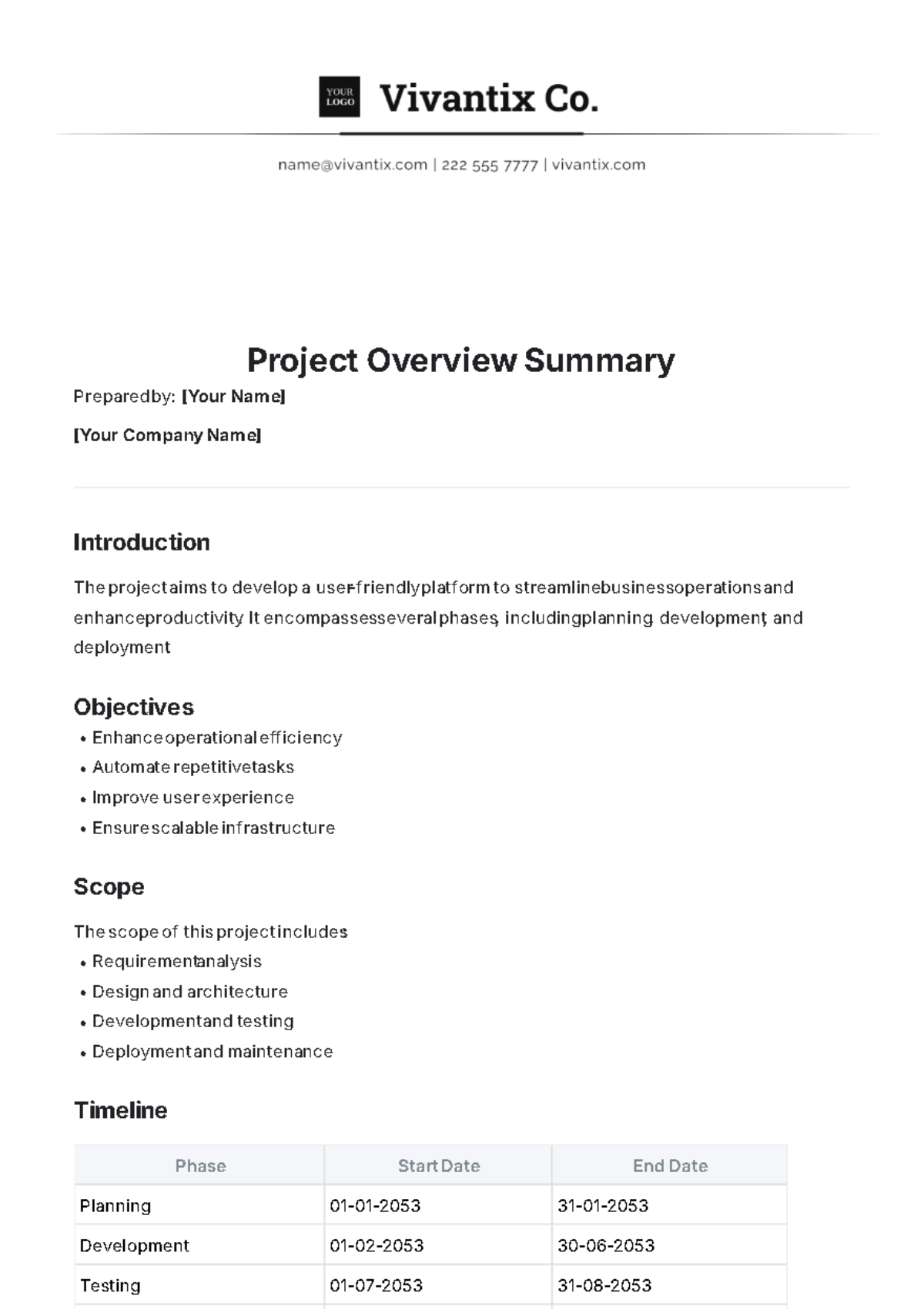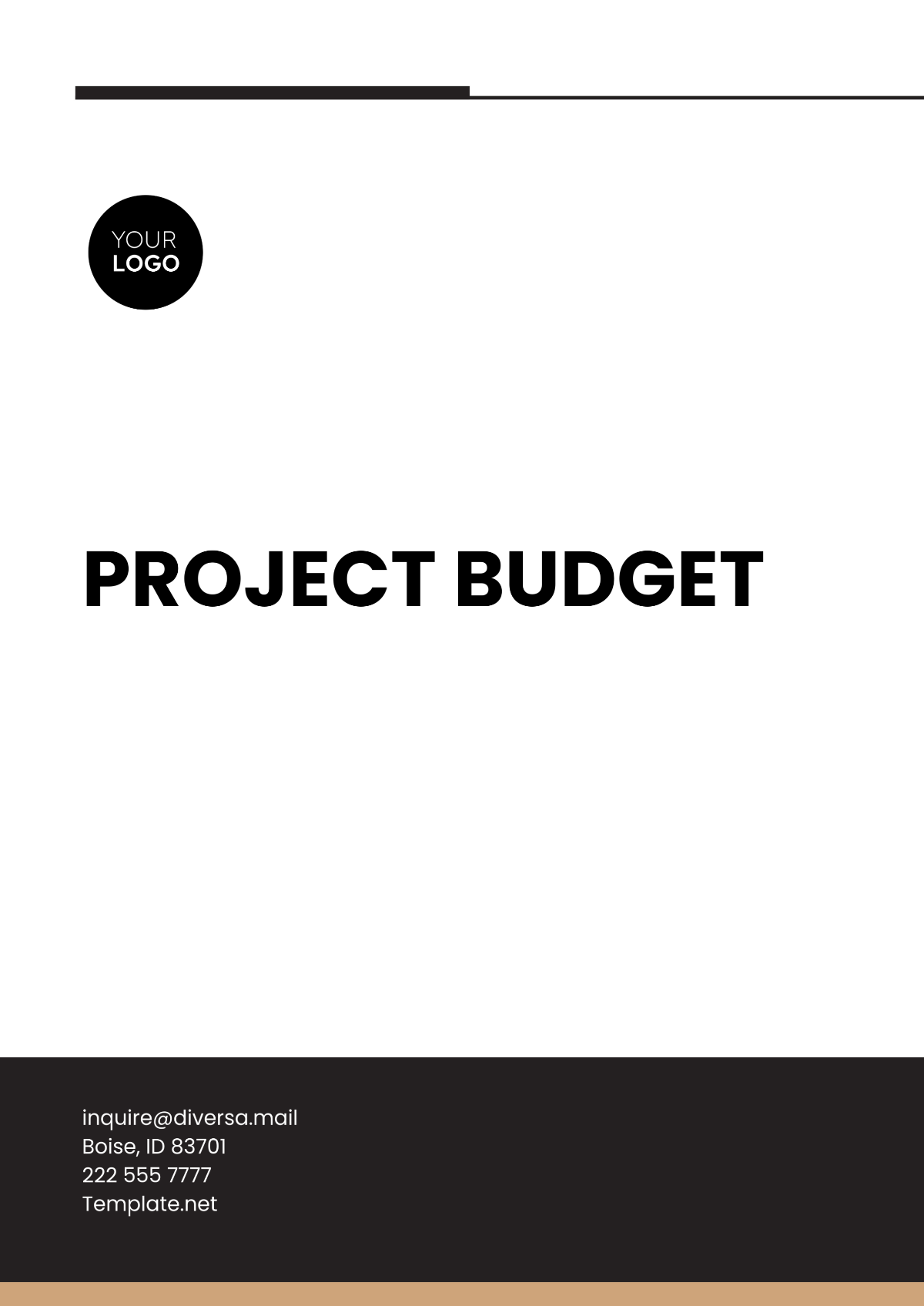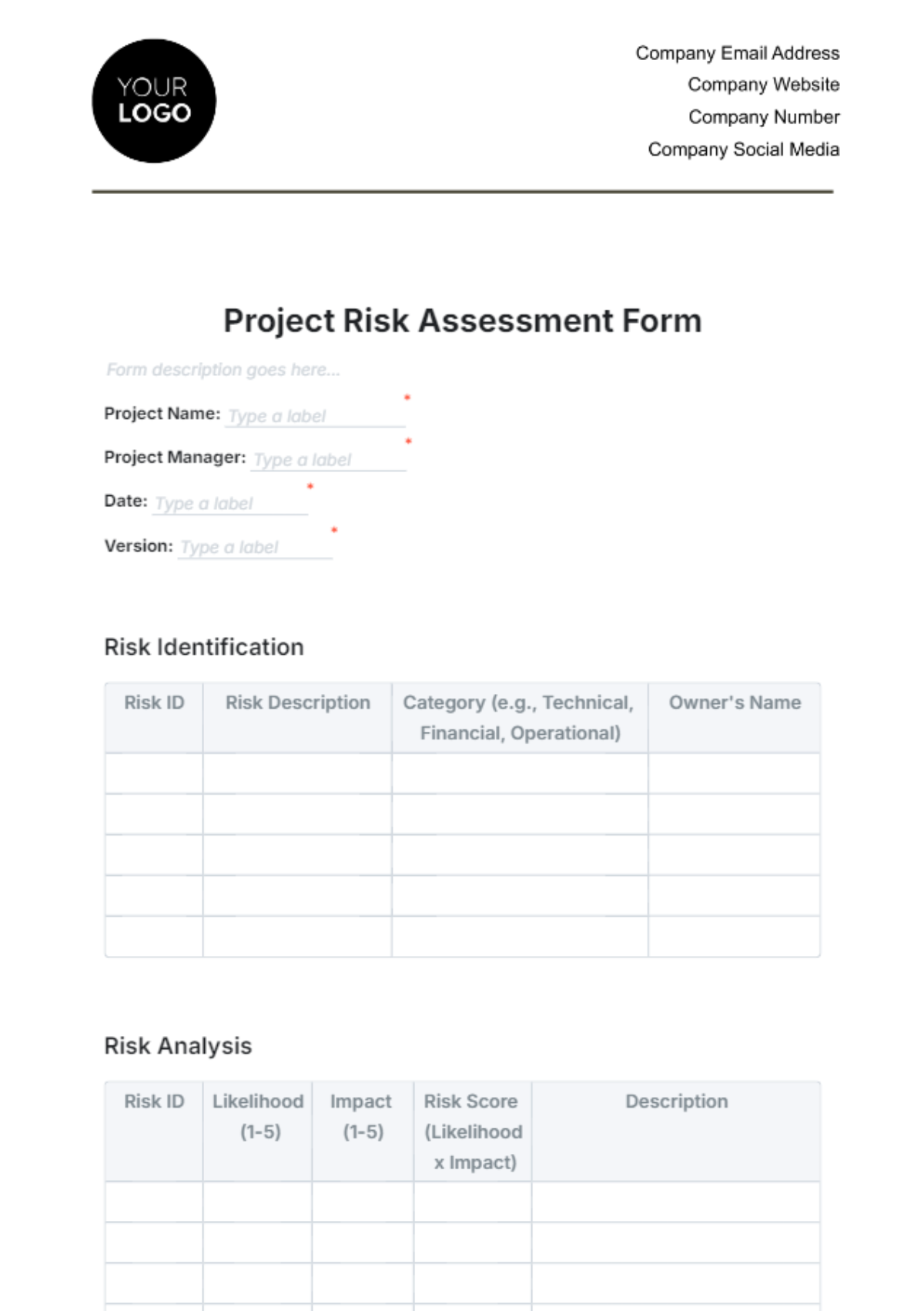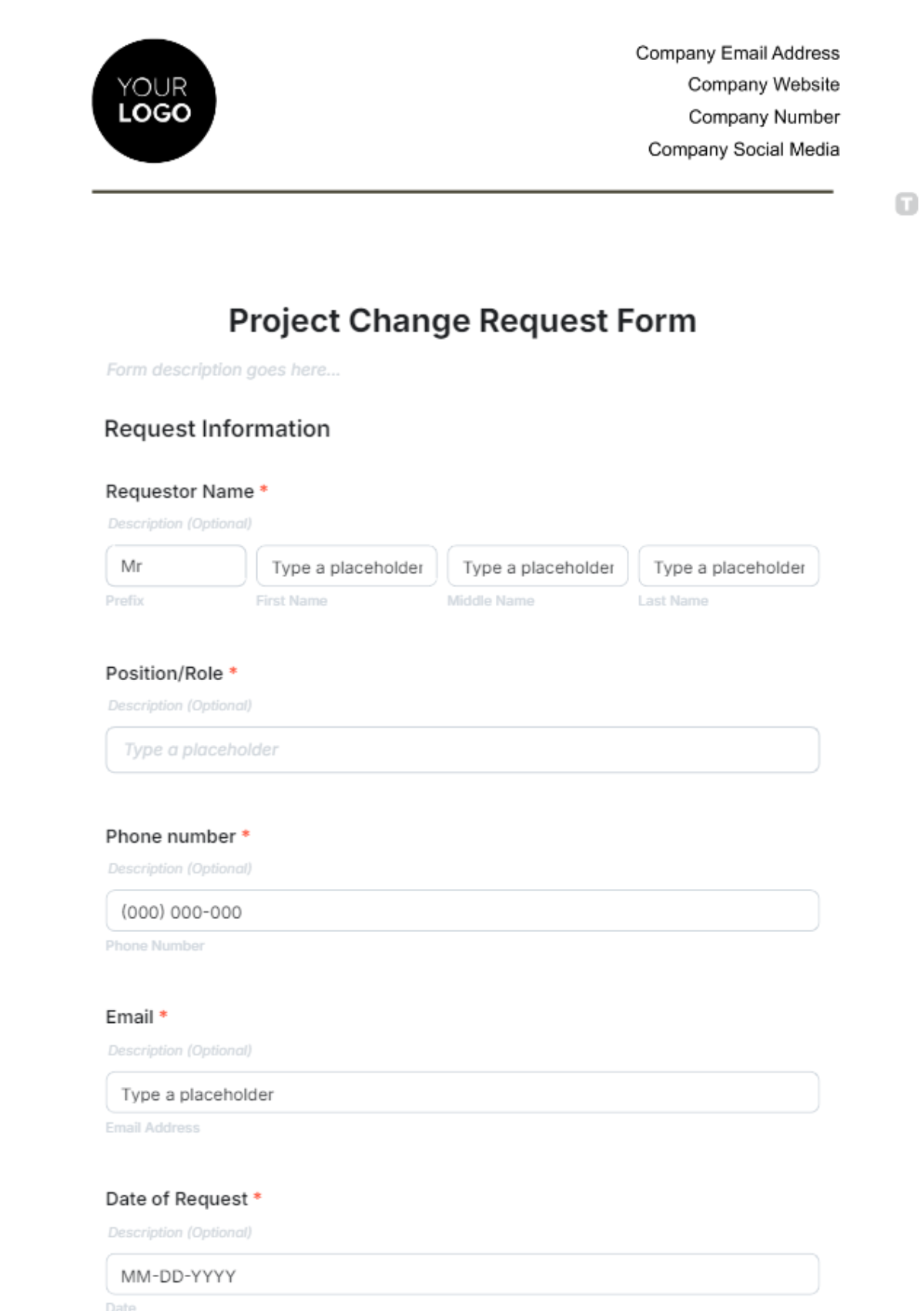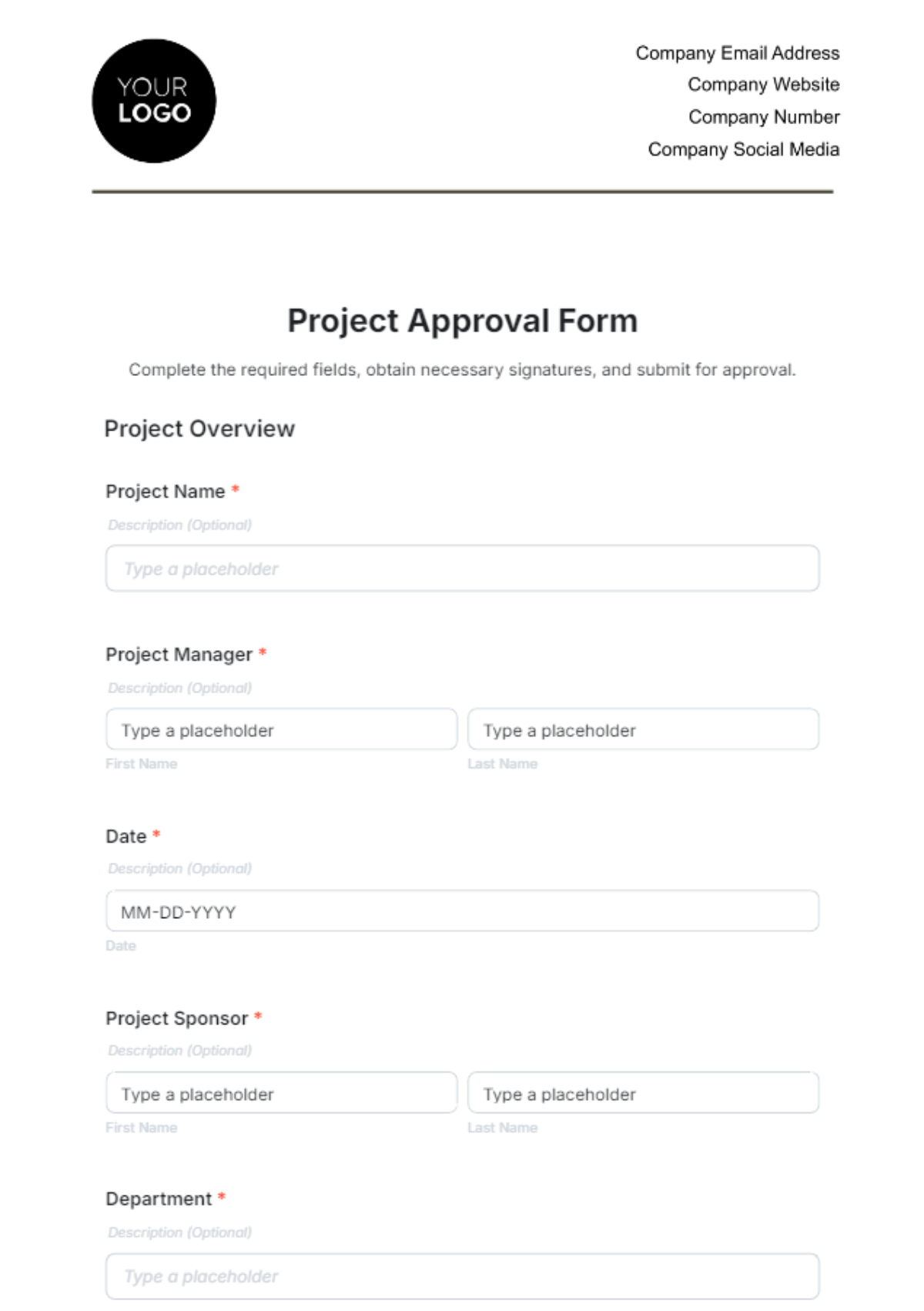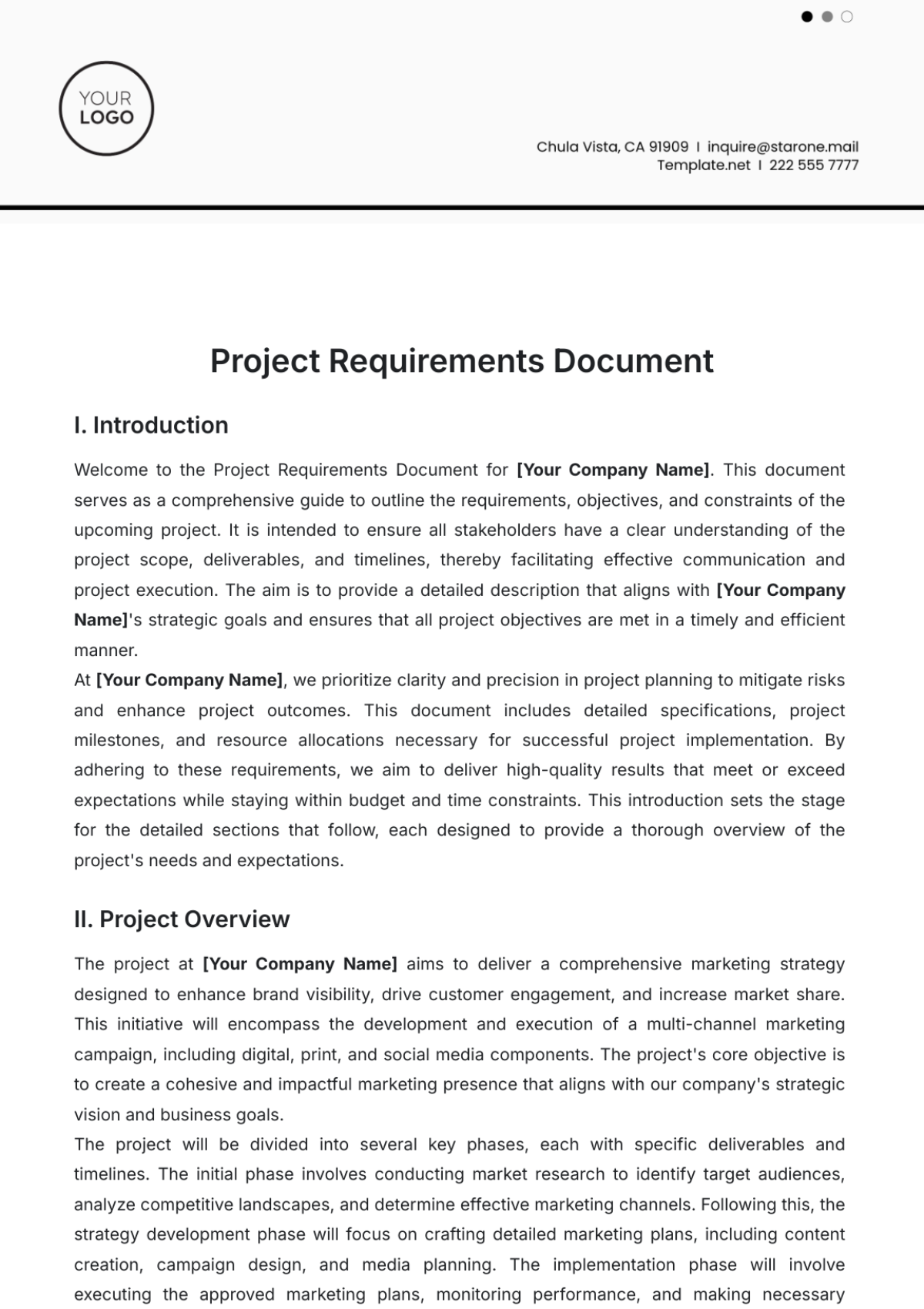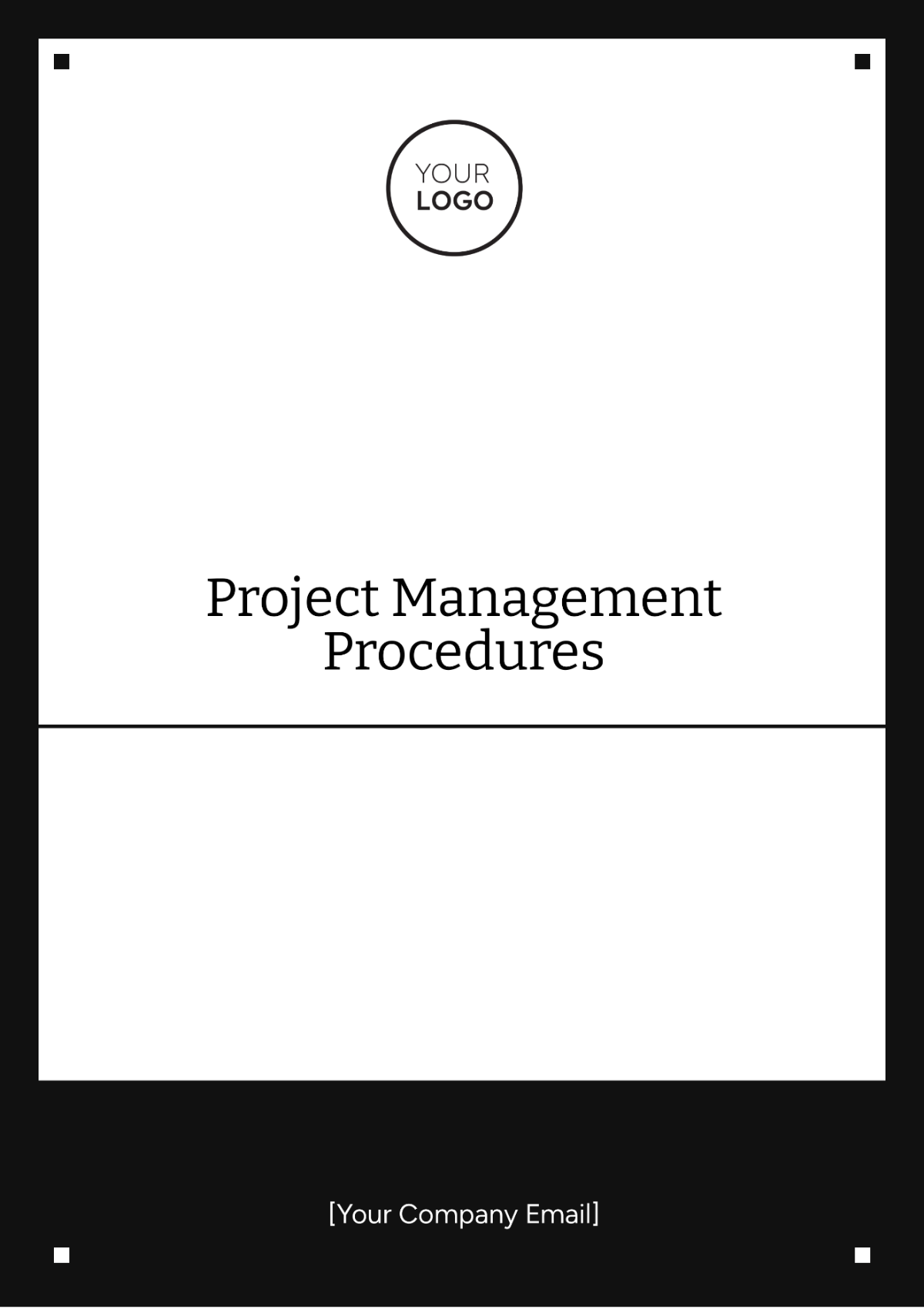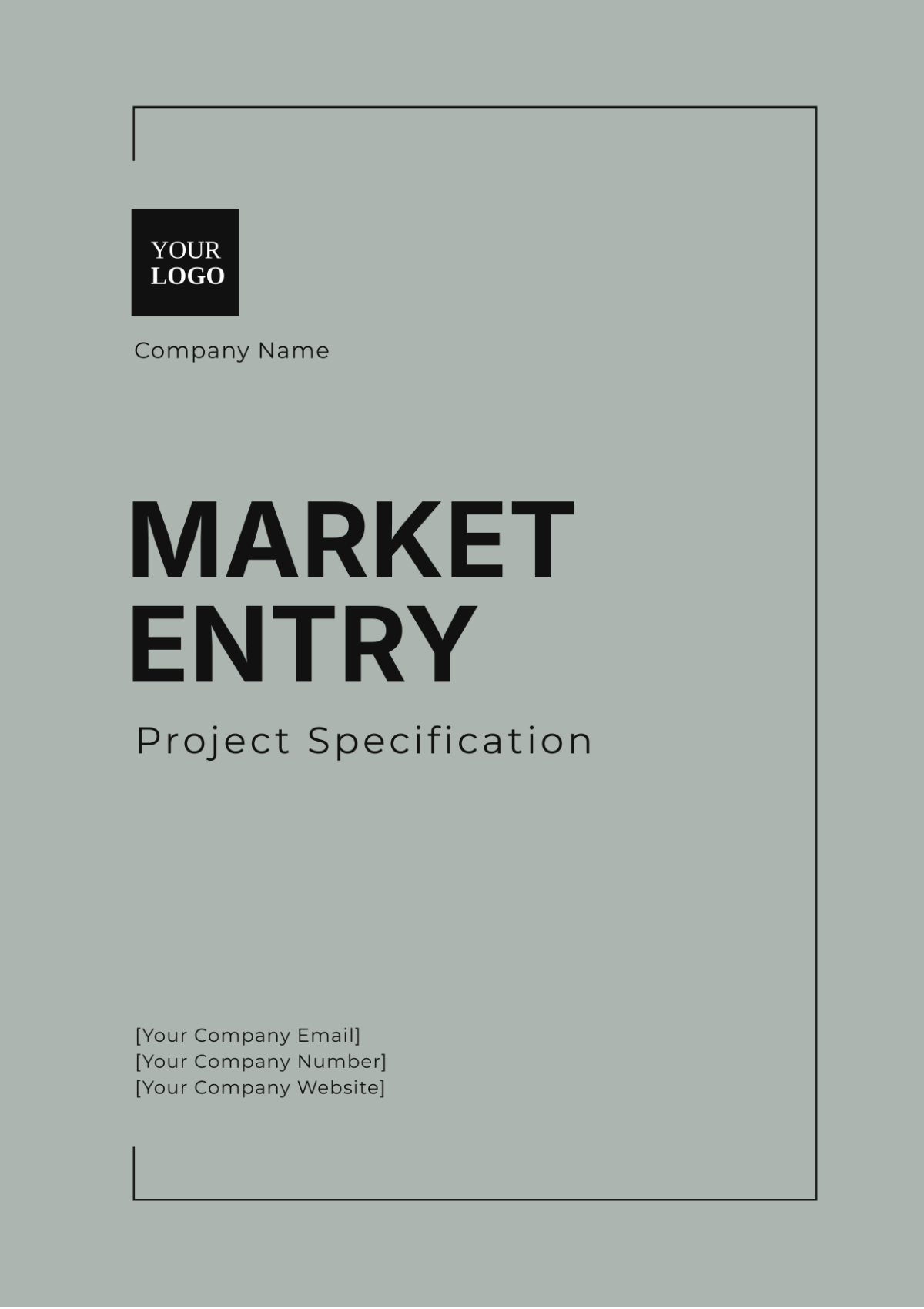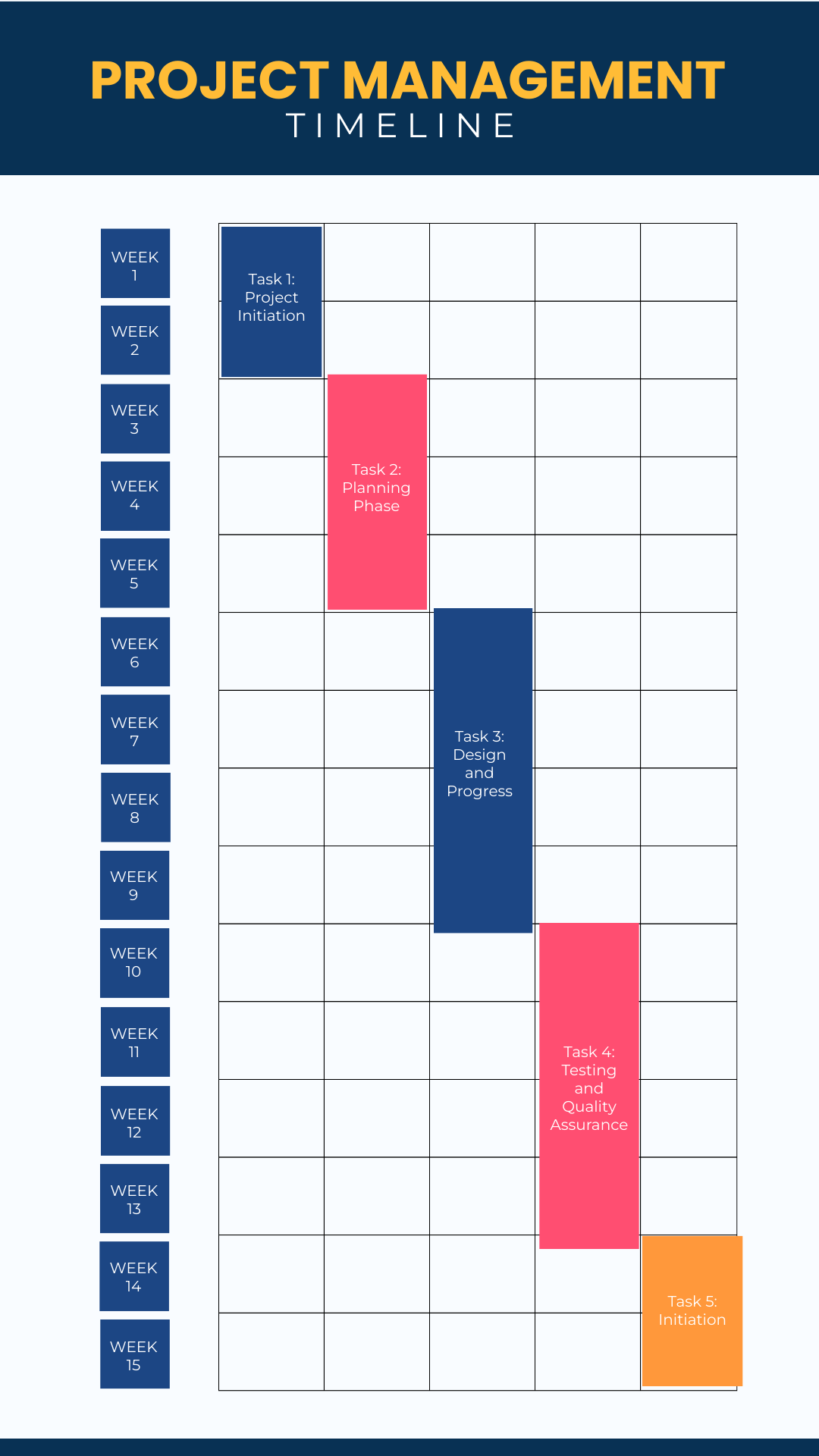Agile Methodology
Prepared by: [Your Name]
Date: [Date]
I. Introduction
The Agile Methodology is a modern project management and software development approach designed to thrive in a rapidly evolving technological landscape. Emphasizing iterative development, collaboration, and adaptability, Agile transforms how projects are managed, delivering value incrementally and responding swiftly to change. By breaking projects into manageable units called iterations or sprints, teams can produce continuous improvements and refine their products based on real-time feedback. Agile’s focus is on accelerating delivery and fostering a culture of continuous enhancement.
II. Agile Framework
The Agile Framework is built upon a set of core principles and practices outlined in the Agile Manifesto. This framework guides teams in effectively managing projects, ensuring they remain adaptable and responsive to changing needs.
II.I Core Values
Core Value | Description |
|---|---|
Individuals and Interactions Over Processes and Tools | Prioritize strong team collaboration and personal interactions over rigid processes and tools. |
Working Software Over Comprehensive Documentation | Deliver functional software that meets user needs rather than extensive documentation. |
Customer Collaboration Over Contract Negotiation | Engage with customers throughout the project to adapt and refine the product according to their evolving requirements. |
Responding to Change Over Following a Plan | Embrace changes and adjust the project plan as necessary to better meet objectives. |
II.II Principles
Customer Satisfaction Through Early and Continuous Delivery:
Aim to deliver valuable software early and regularly to maintain customer satisfaction.
Welcome Changing Requirements:
Adapt to changing requirements, even late in development, to ensure the final product meets the latest needs.
Deliver Working Software Frequently:
Implement and deliver new features and improvements in short, manageable iterations, typically from two weeks to a couple of months.
Business and Development Collaboration:
Ensure ongoing collaboration between business stakeholders and development teams throughout the project lifecycle.
Build Projects Around Motivated Individuals:
Assemble a team of motivated individuals and support them in their work environment to foster productivity and innovation.
Face-to-Face Communication:
Facilitate direct, face-to-face communication as the most effective means of sharing information and resolving issues.
Working Software as the Primary Measure of Progress:
Use the functionality and quality of delivered software as the main measure of progress rather than adherence to predefined plans.
Sustainable Development:
Maintain a steady, sustainable pace of development that can be sustained indefinitely without burnout.
Continuous Attention to Technical Excellence:
Focus on technical excellence and good design practices to enhance the team’s agility and effectiveness.
Simplicity:
Emphasize simplicity and the art of doing only what is necessary to maximize productivity and avoid unnecessary work.
Self-Organizing Teams:
Empower self-organizing teams to create the best architectures, requirements, and designs.
Reflect and Adjust:
Regularly reflect on team performance and processes, making adjustments to improve effectiveness and efficiency.
III. Processes and Practices
Agile methodology employs various practices to ensure effective project management and delivery.
III.I Sprints
Sprints are time-boxed iterations, typically lasting between two to four weeks, during which a focused set of features or functionalities is developed. At the end of each sprint, a potentially shippable product increment is delivered. In a futuristic context, sprints could incorporate advanced AI tools to predict and optimize team performance and feature delivery.
III.II Daily Stand-ups
Daily stand-up meetings, or “daily scrums,” are brief gatherings where team members discuss their progress, plans for the day, and any obstacles they are facing. Future stand-ups may leverage virtual reality (VR) environments for more immersive and interactive sessions, enabling remote teams to collaborate effectively.
III.III Backlog Grooming
Regular backlog grooming ensures that tasks and features in the product backlog are prioritized and refined. This process might integrate AI-driven analytics to predict changes in user needs and adjust priorities dynamically.
III.IV Sprint Retrospective
At the end of each sprint, teams conduct retrospectives to review what went well, what didn’t, and how to improve in future sprints. This reflective practice could use advanced data analytics to provide insights and suggestions for process improvements.
IV. Team Structure
Agile teams are typically cross-functional and consist of several key roles:
IV.I Product Owner
The Product Owner defines product features, prioritizes the backlog, and serves as the primary liaison between stakeholders and the development team. In 2050, this role might also utilize predictive analytics to forecast market trends and user preferences.
IV.II Scrum Master
The Scrum Master facilitates the Agile process, ensures adherence to practices, and helps remove impediments. This role could benefit from advanced automation tools to handle routine tasks and focus more on strategic facilitation.
IV.III Development Team
The development team, consisting of developers, testers, designers, and specialists, is self-organizing and responsible for delivering the product increment. Future teams might include AI-driven specialists and automation engineers to enhance productivity and innovation.
V. Project Management
Effective project management in Agile involves planning, monitoring, and controlling to ensure timely delivery and customer satisfaction.
V.I Planning
Agile planning involves creating a high-level roadmap with goals and milestones. Advanced planning tools using AI and machine learning could assist in predicting project trajectories and resource needs.
V.II Monitoring and Controlling
Project progress is monitored through tools such as burndown charts and sprint reviews. In a future context, real-time dashboards and AI-driven insights could provide more accurate and timely updates.
VI. Tools and Resources
A variety of tools and resources support Agile practices:
VI.I Project Management Tools
JIRA
Trello
Asana
These tools help track progress and manage tasks. Future tools may integrate AI for predictive analytics and automated task management.
VI.II Collaboration Tools
Slack
Microsoft Teams
Zoom
These tools facilitate communication and collaboration. Emerging technologies like augmented reality (AR) could enhance virtual meetings and collaborative workspaces.
VI.III Continuous Integration/Continuous Deployment (CI/CD) Tools
Jenkins
CircleCI
Travis CI
Continuous Integration/Continuous Deployment tools streamline development and deployment processes. Future CI/CD tools might incorporate advanced automation and AI for error detection and resolution.
VII. Risk Management
Effective risk management in Agile involves identifying, analyzing, and mitigating risks throughout the project.
VII.I Risk Identification
Risks are identified during various Agile activities. Advanced risk identification tools may use AI to predict and highlight potential issues before they arise.
VII.II Risk Analysis
Risks are analyzed for likelihood and impact. AI-driven analytics could enhance the precision of risk assessments and prioritization.
VII.III Risk Mitigation
Mitigation strategies are developed and implemented. Future approaches may involve automated responses and real-time adjustments based on predictive models.
VIII. Documentation
Agile documentation is kept lightweight to support development and collaboration, including:
VIII.I User Stories
User stories outline requirements from the user’s perspective. Future documentation tools may use natural language processing (NLP) to automate and refine user story creation.
VIII.II Burndown Charts
Burndown charts track progress against timelines. Future charts might incorporate dynamic data visualization tools for real-time updates and insights.
VIII.III Task Boards
Task boards display and track progress. Advanced task boards could leverage AI to automatically update and prioritize tasks based on team performance and project needs.
IX. Feedback and Improvement
Continuous feedback and improvement are crucial to Agile. This includes:
IX.I Sprint Reviews
Sprint reviews showcase completed work and gather feedback. Future reviews might incorporate virtual reality (VR) for more interactive stakeholder engagements.
IX.II Retrospectives
Retrospectives involve team reflections for improvement. Advanced analytics tools could assist in identifying patterns and suggesting actionable improvements.
IX.III Customer Feedback
Regular customer feedback ensures the product meets their needs. Future methods might involve real-time feedback integration and automated adjustments based on customer sentiment analysis.
X. Conclusion
Agile Methodology, with its iterative and collaborative nature, remains a dynamic approach to project management and software development. As we move into the future, starting from 2050, Agile will continue to evolve, integrating advanced technologies and practices to enhance efficiency, adaptability, and product value. By embracing continuous improvement and responding effectively to change, Agile teams will remain well-equipped to navigate uncertainties and achieve project success.
